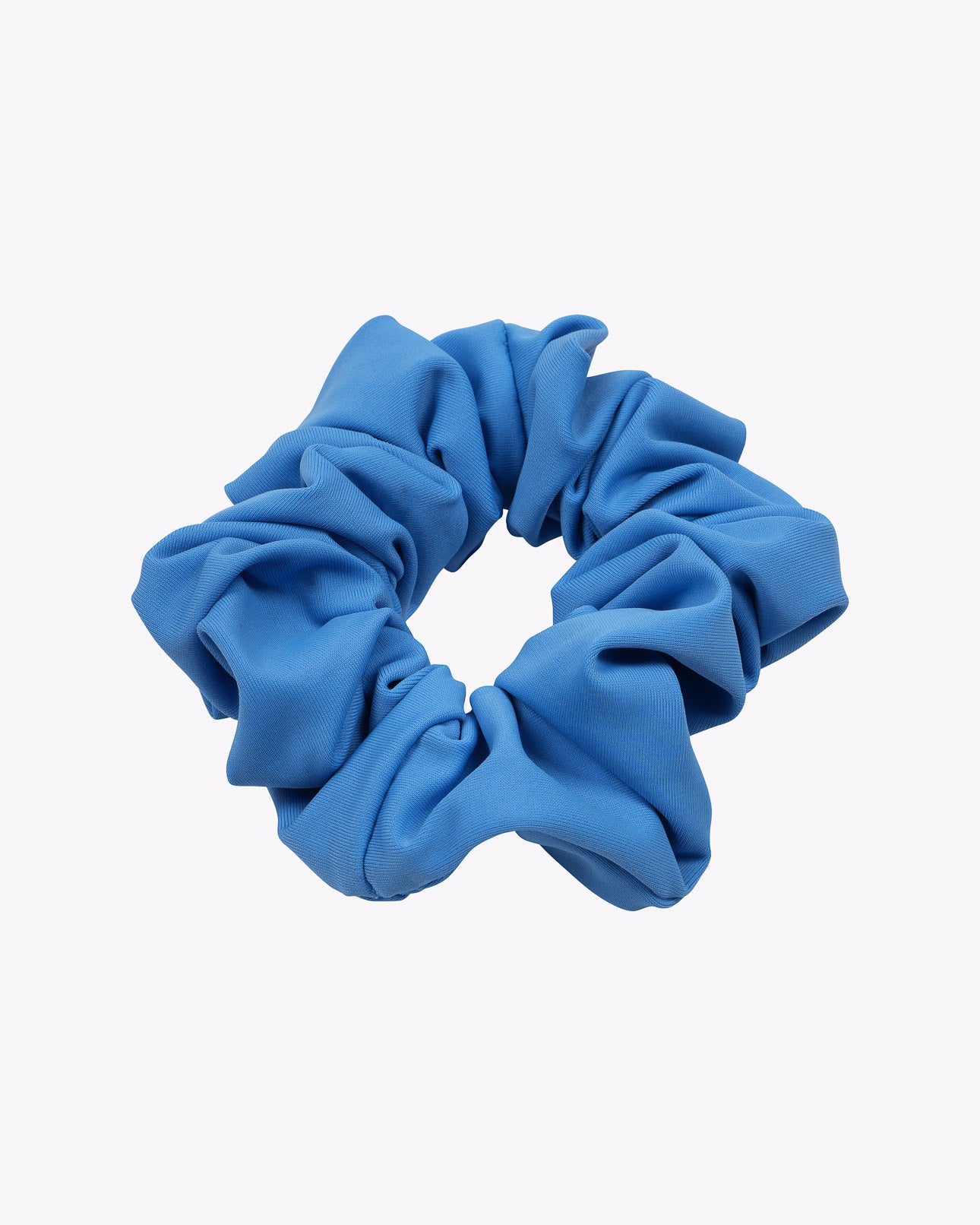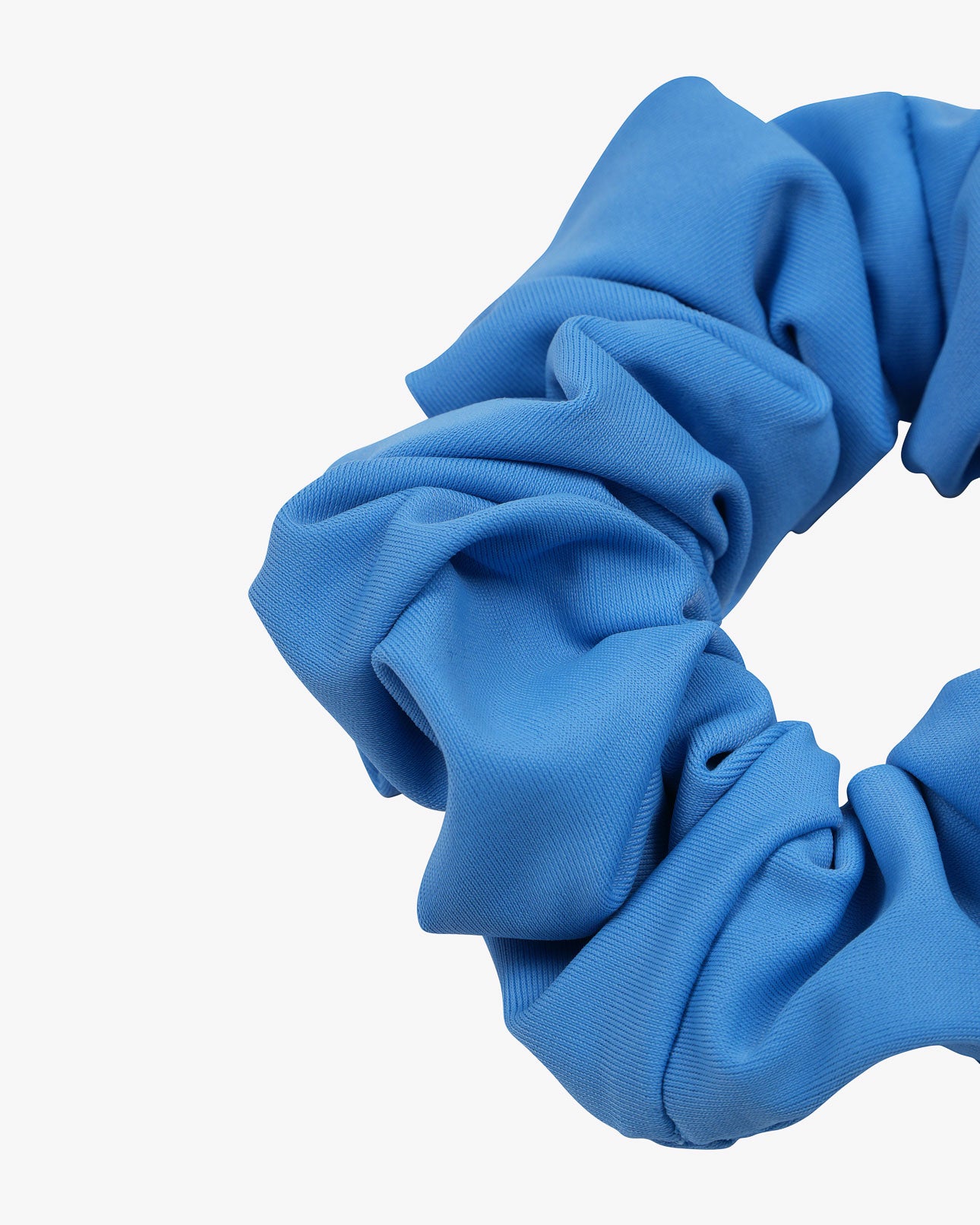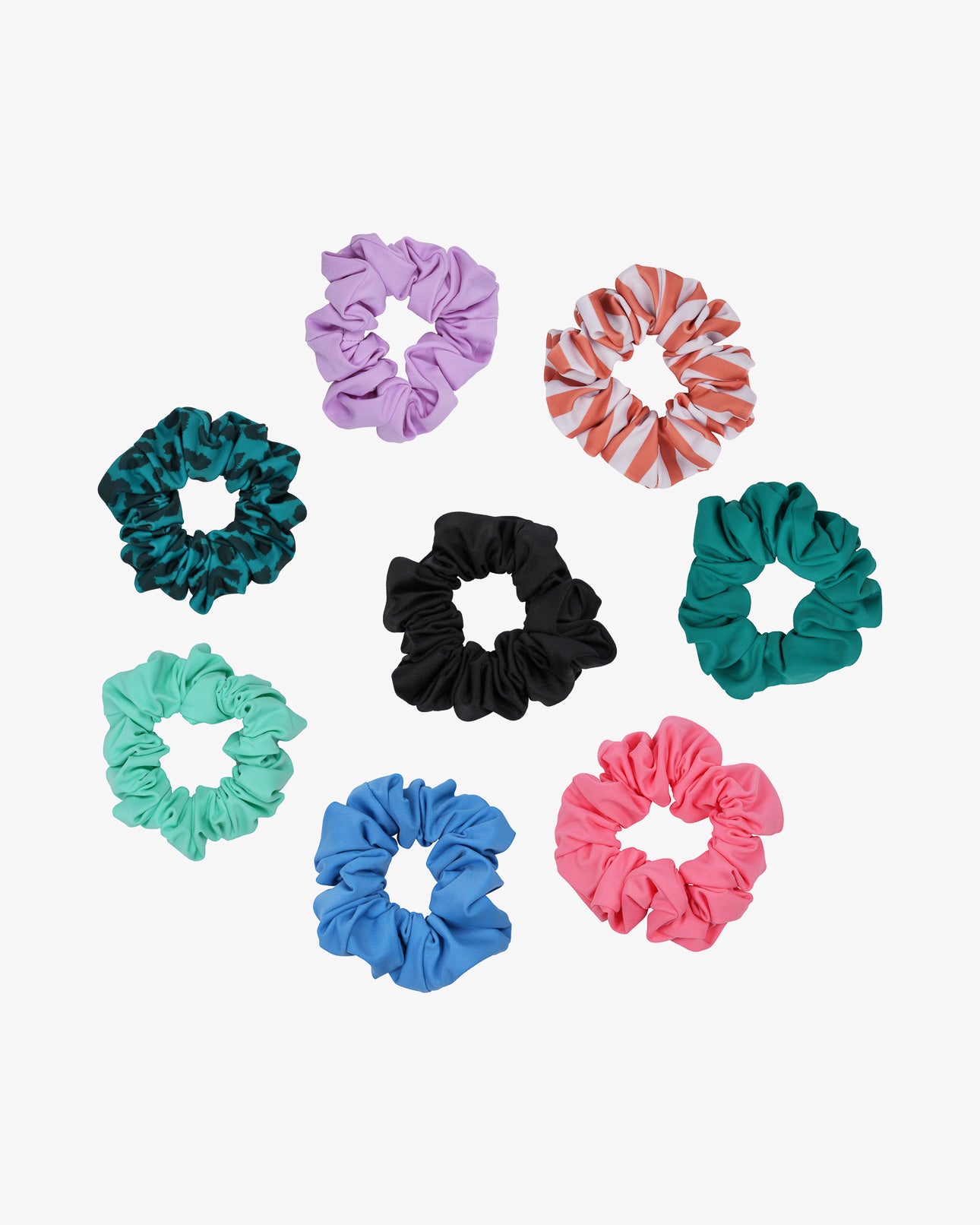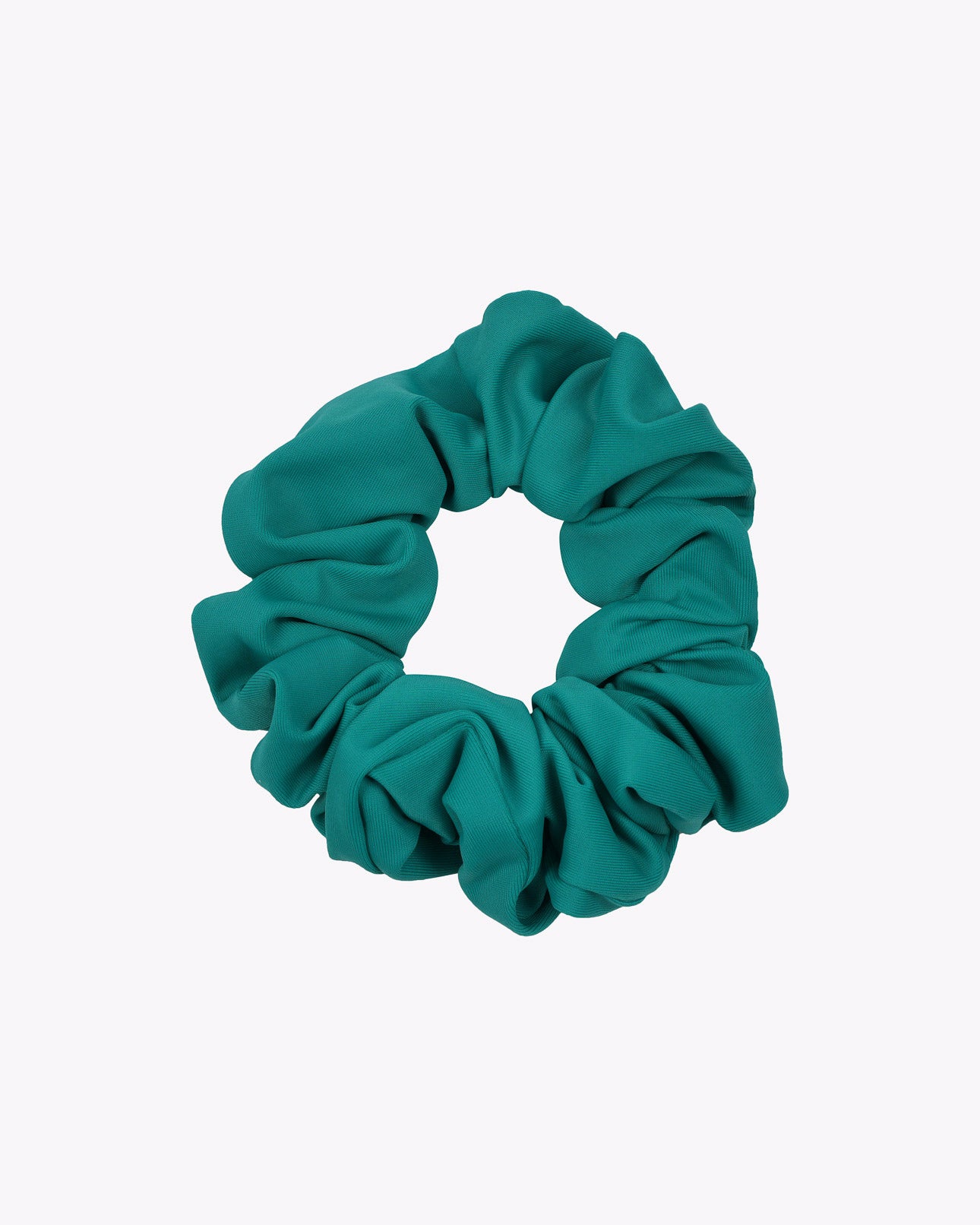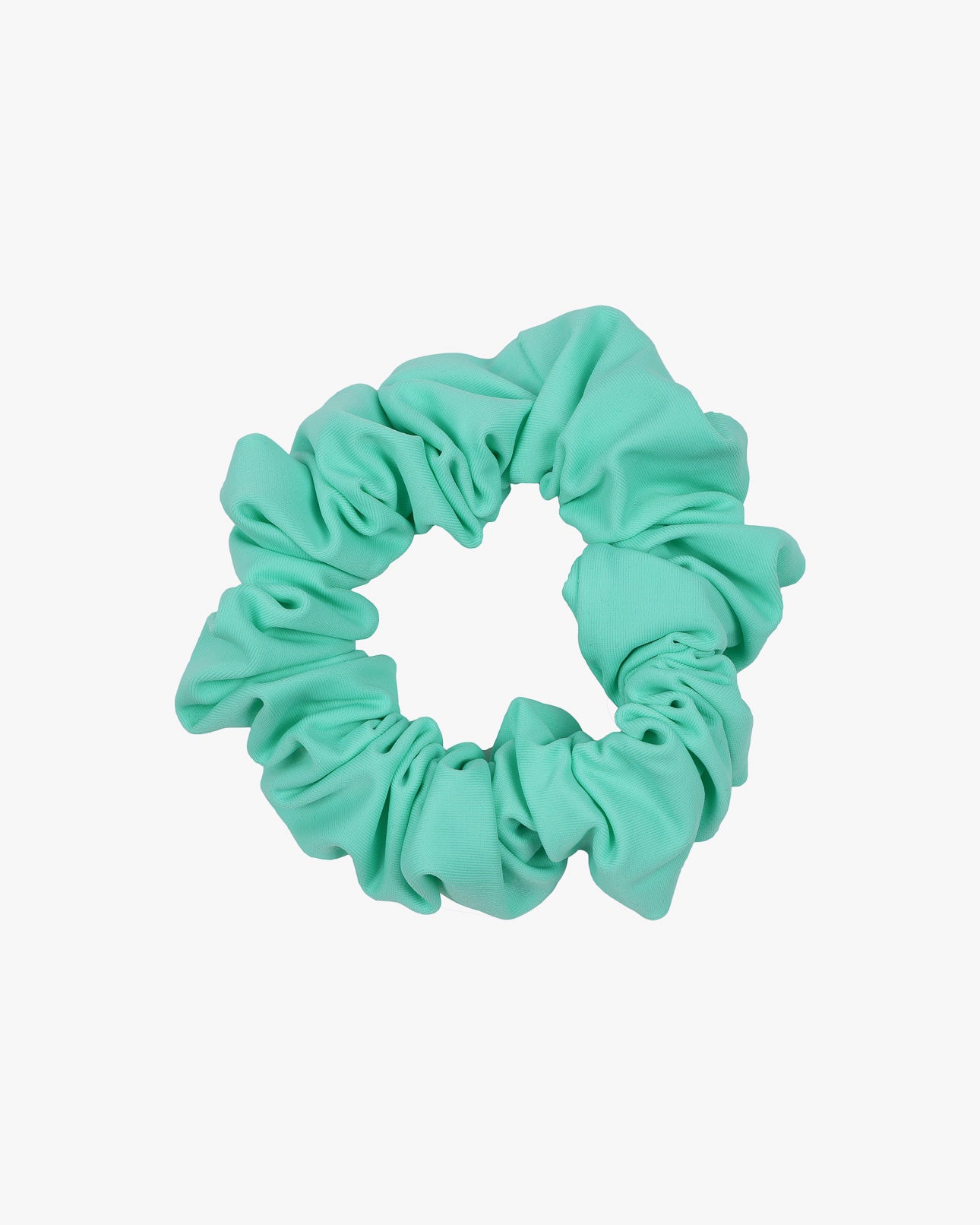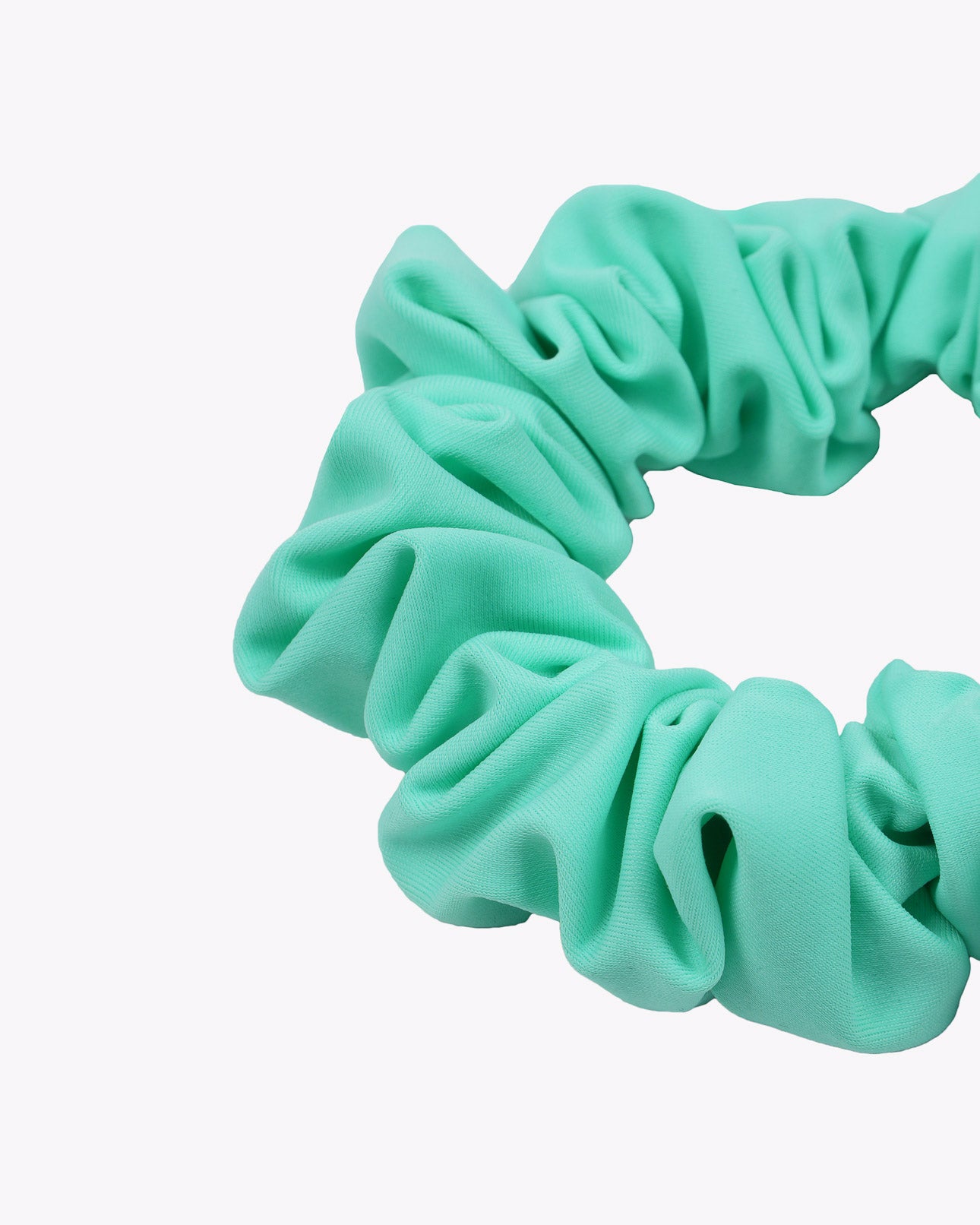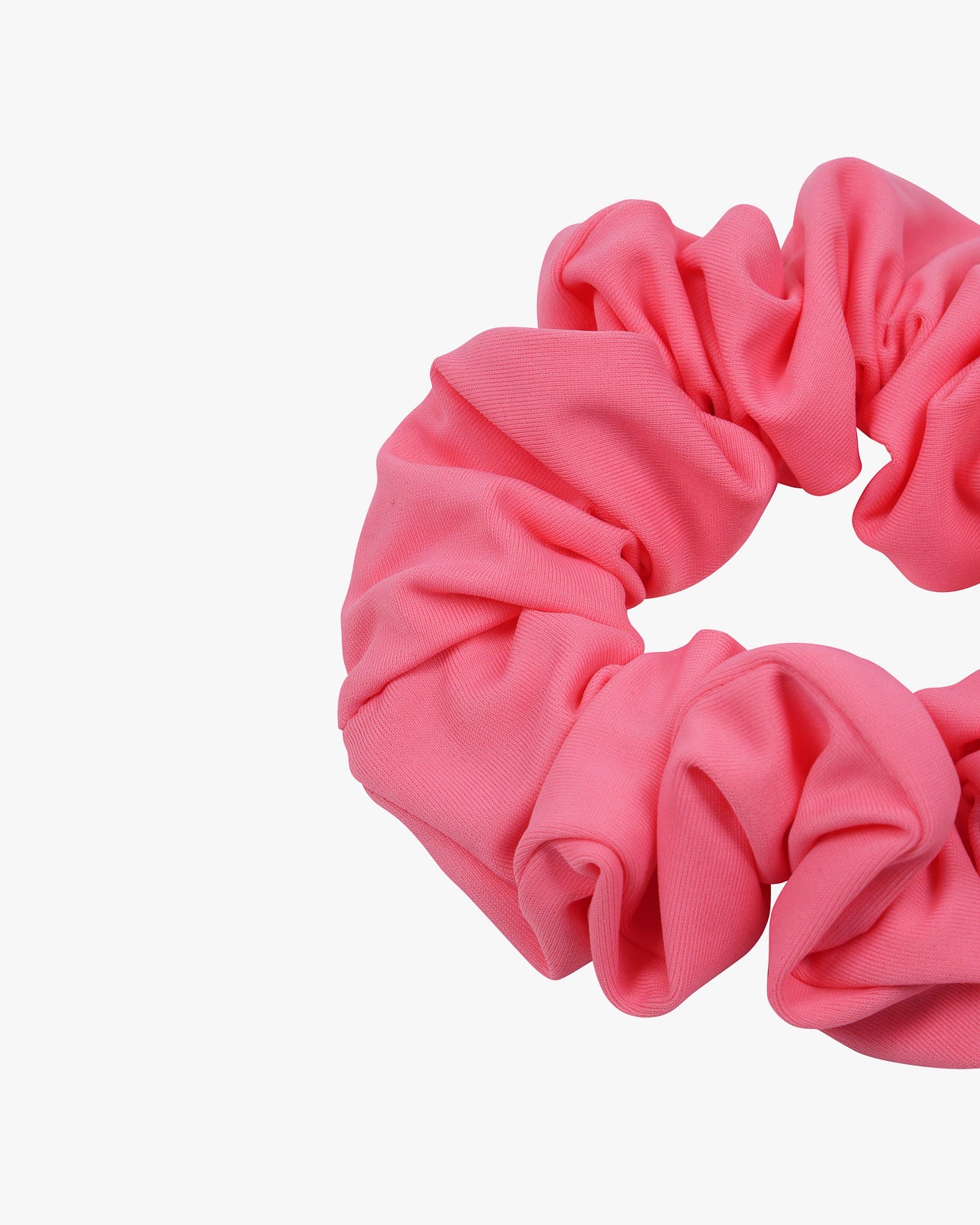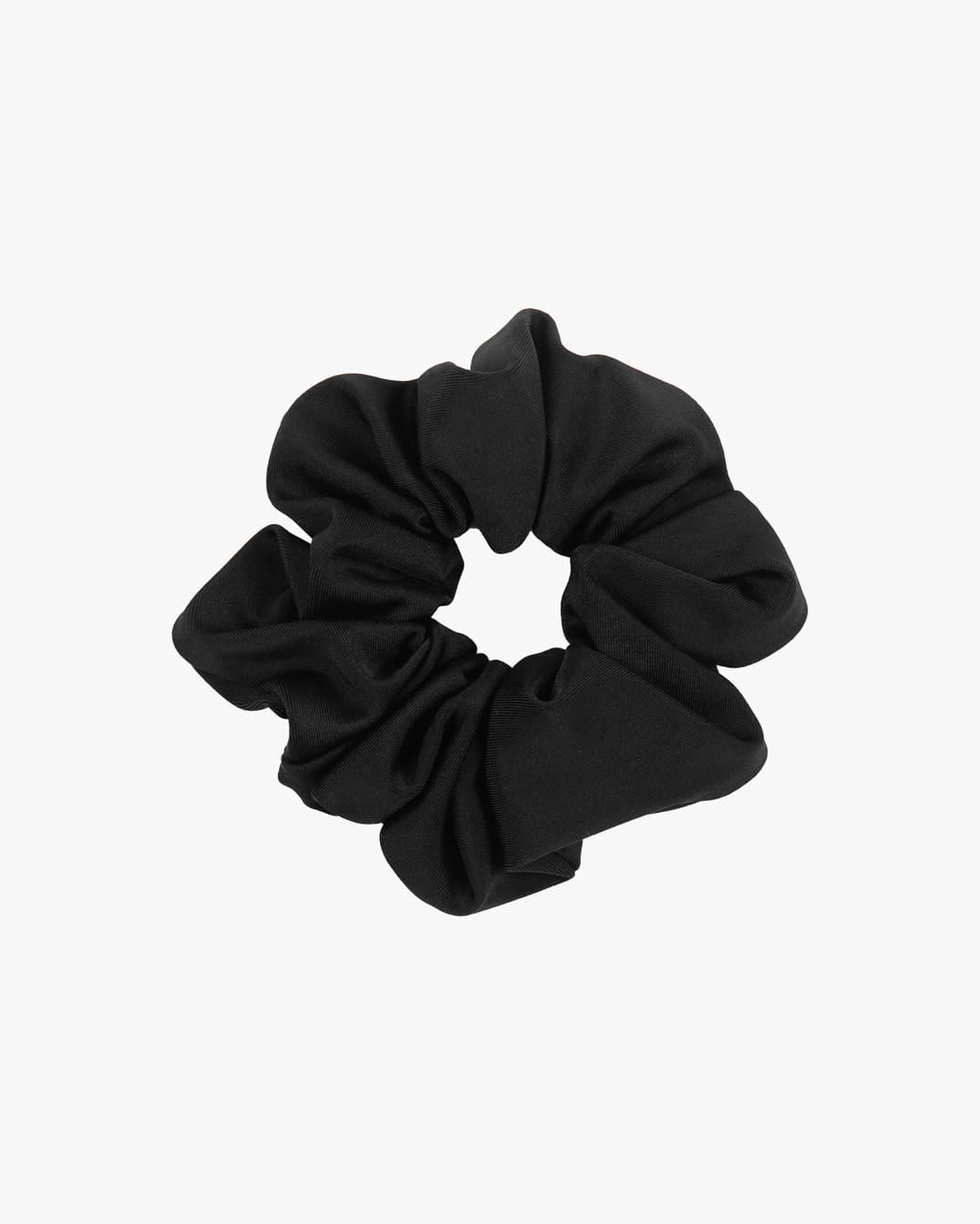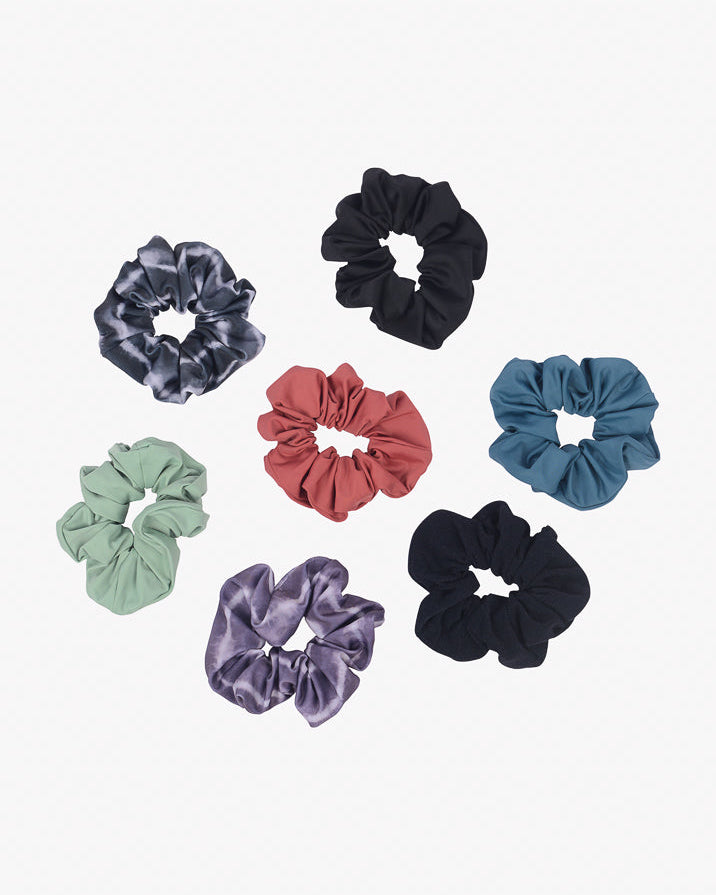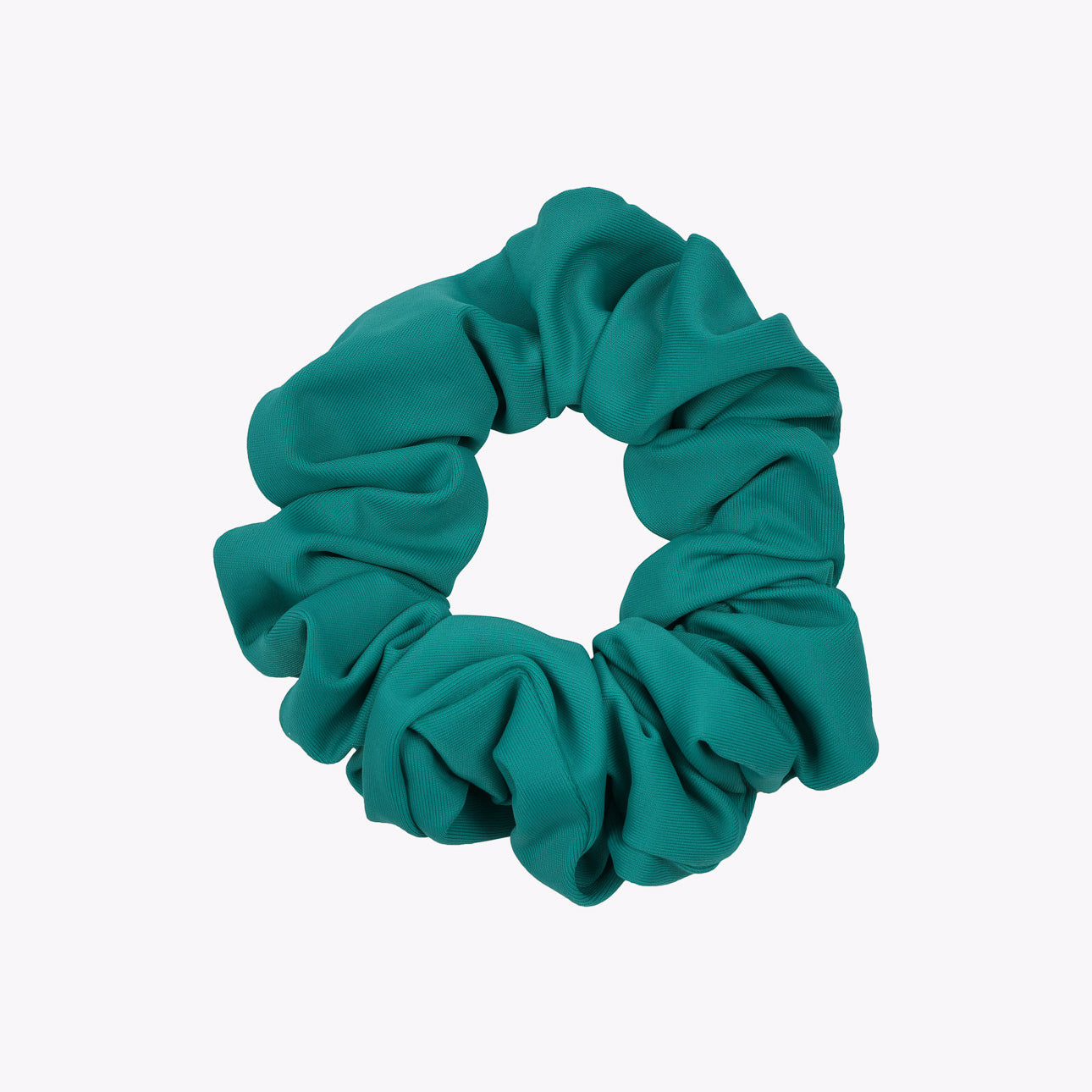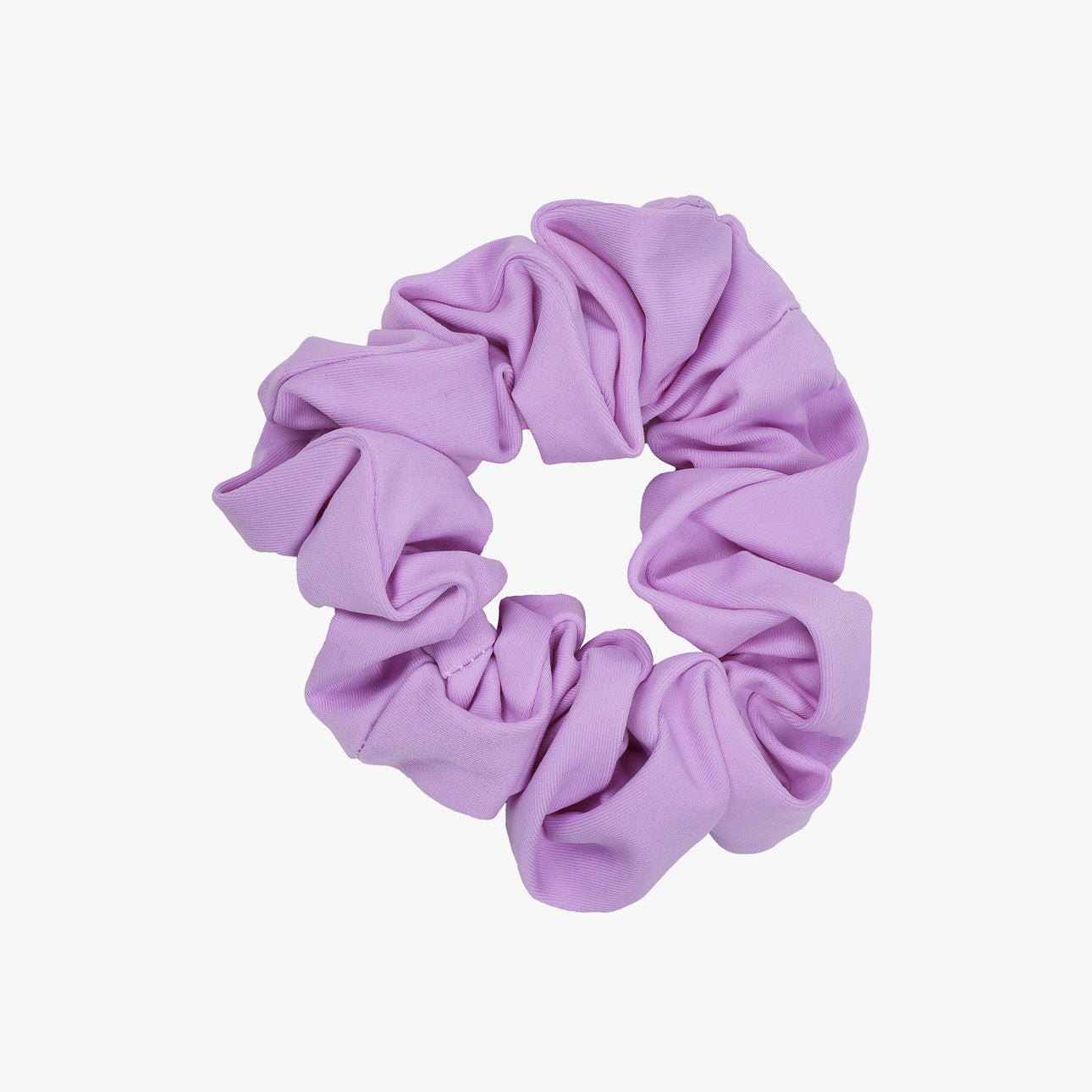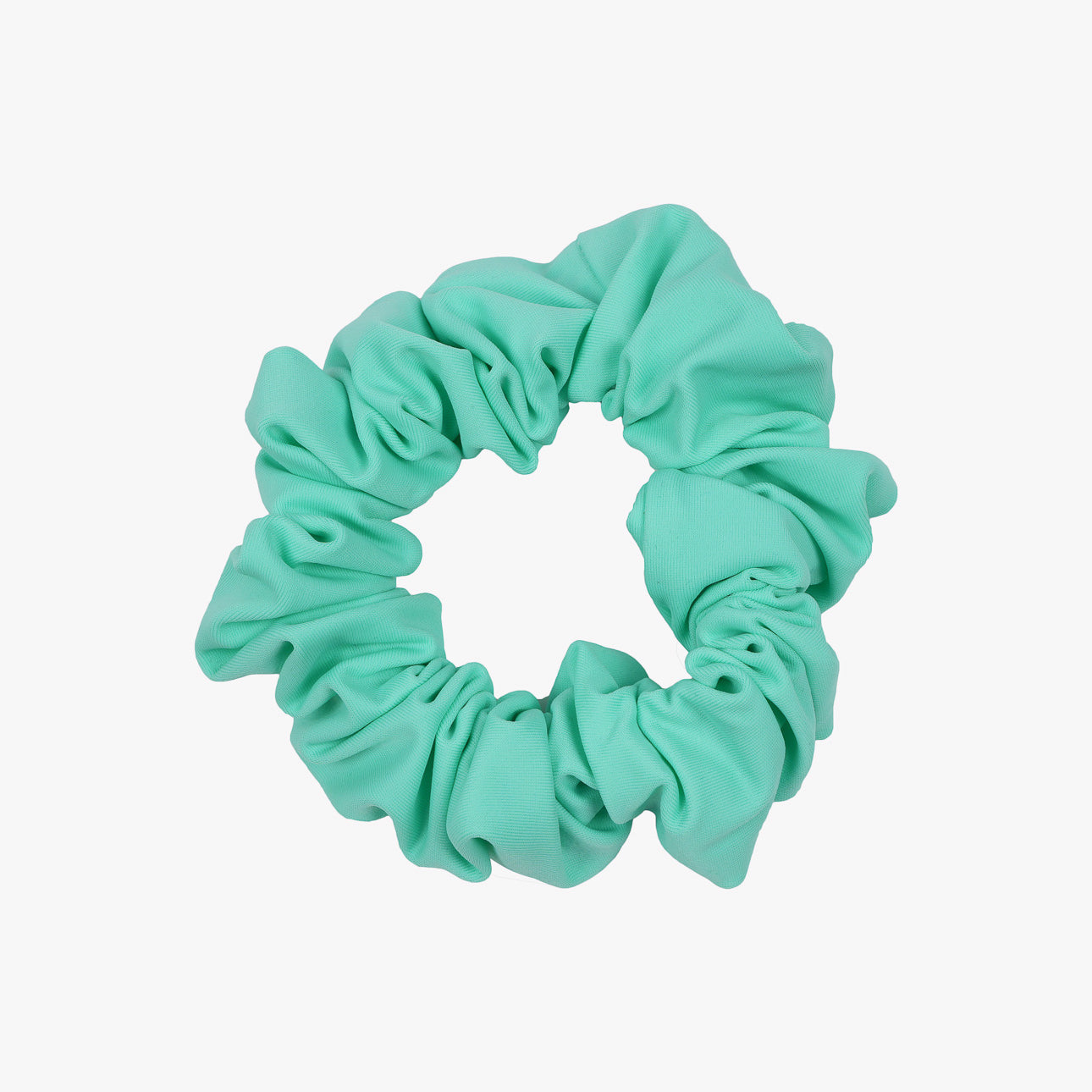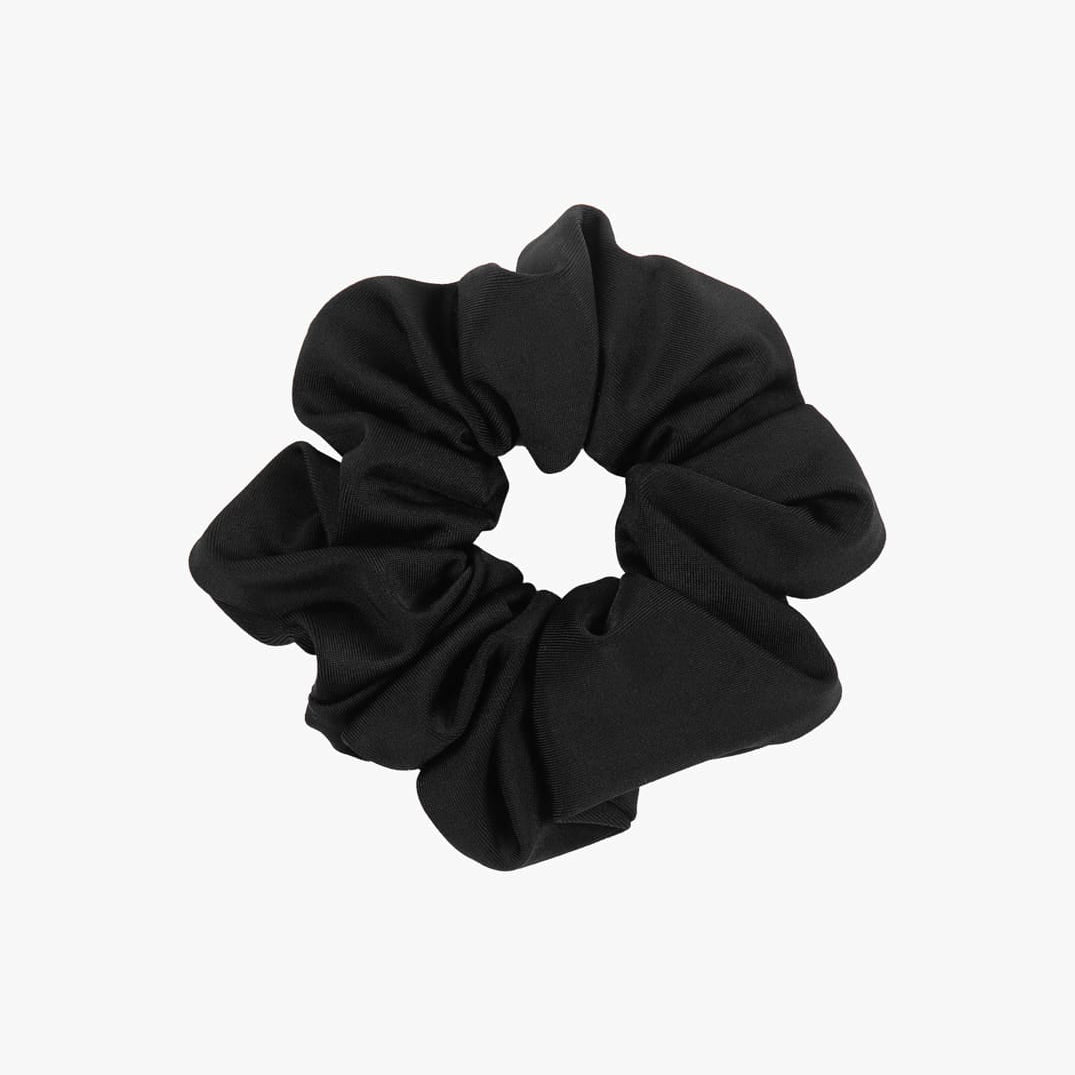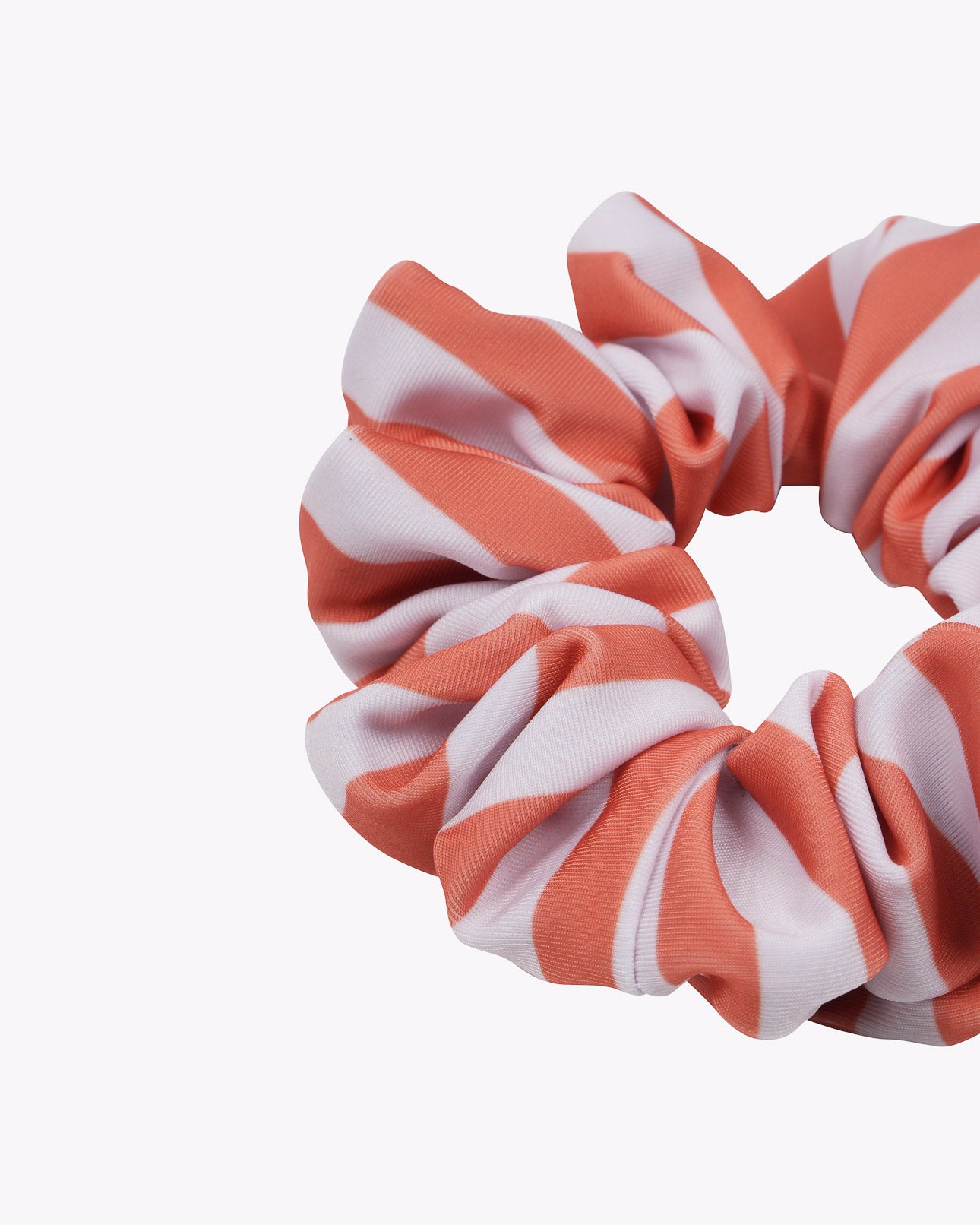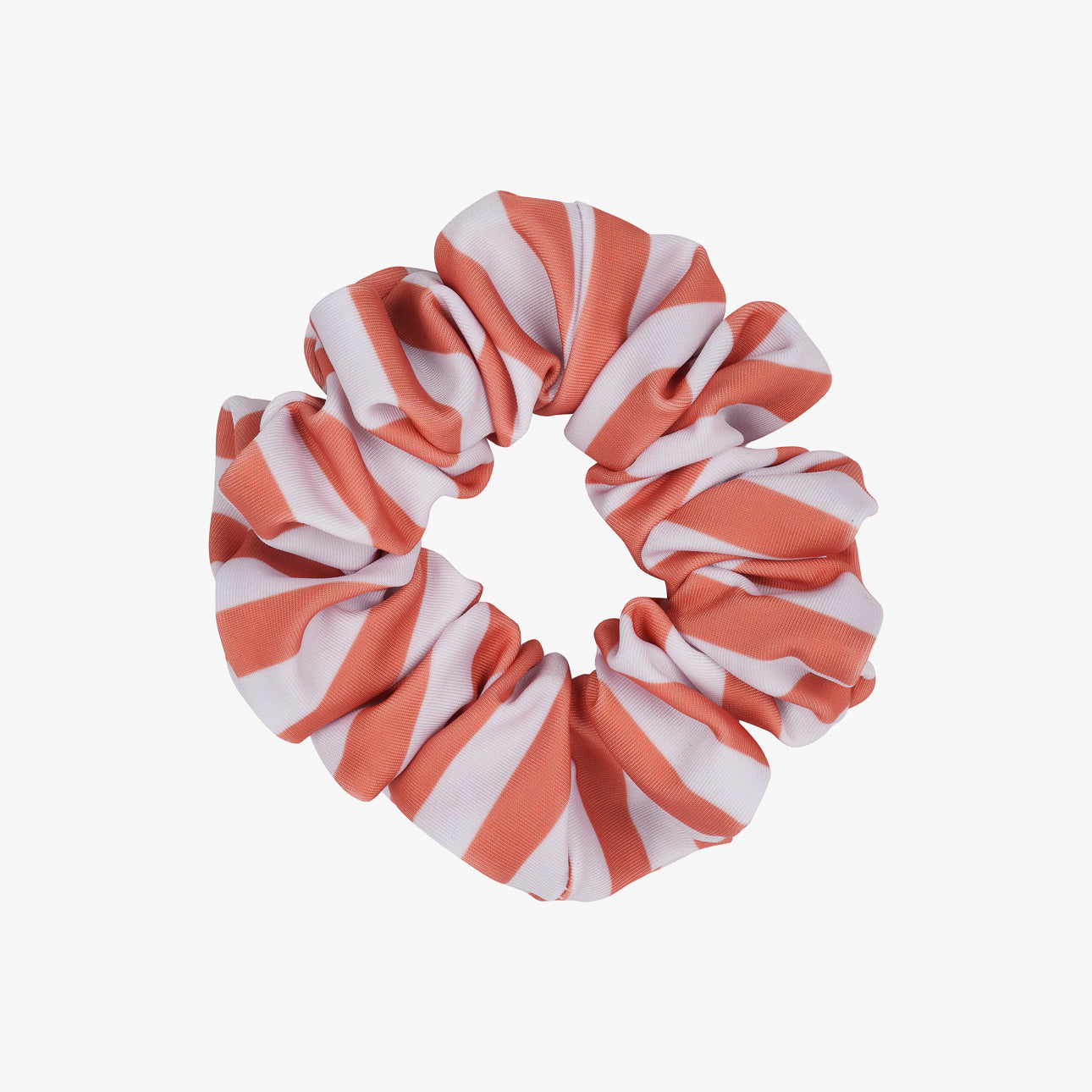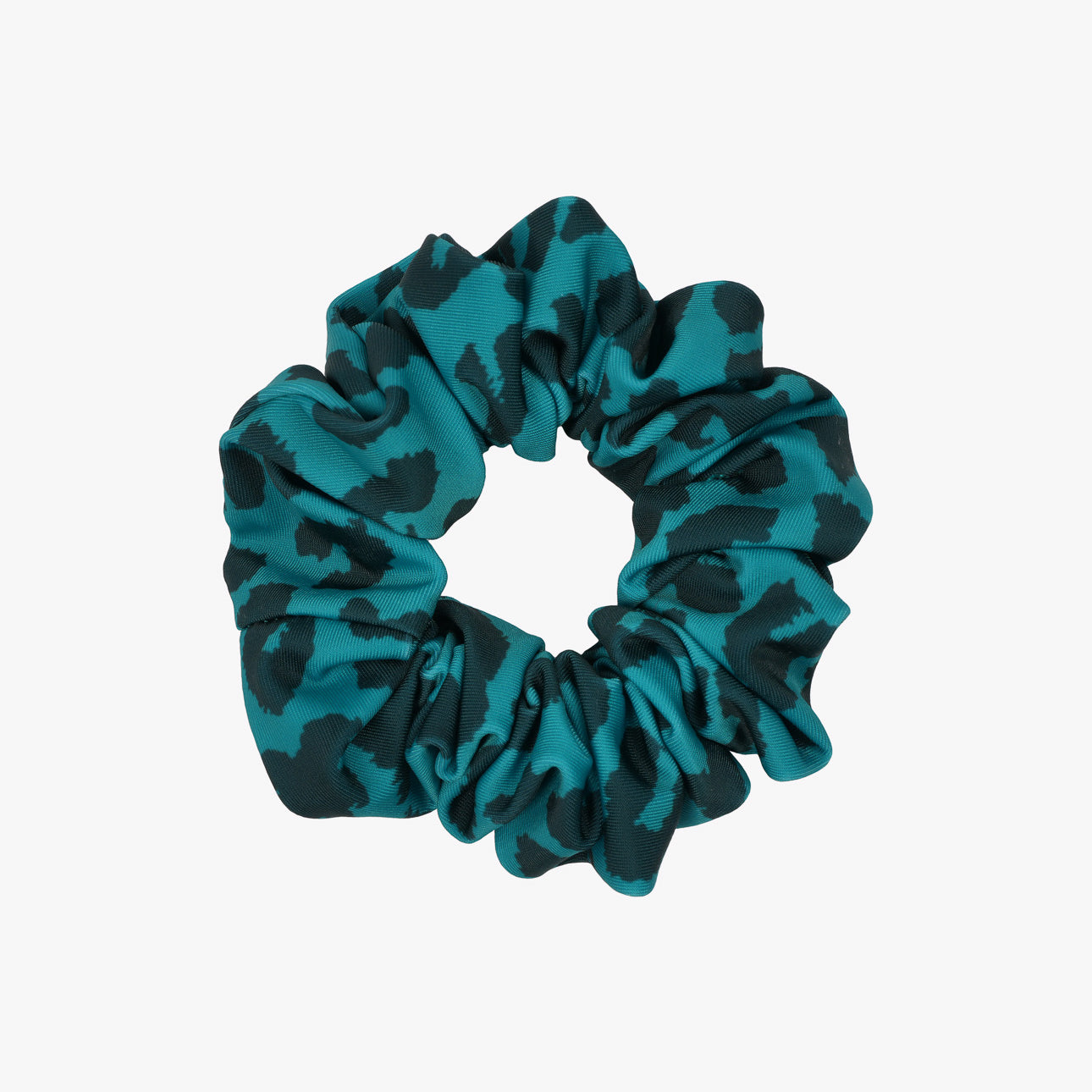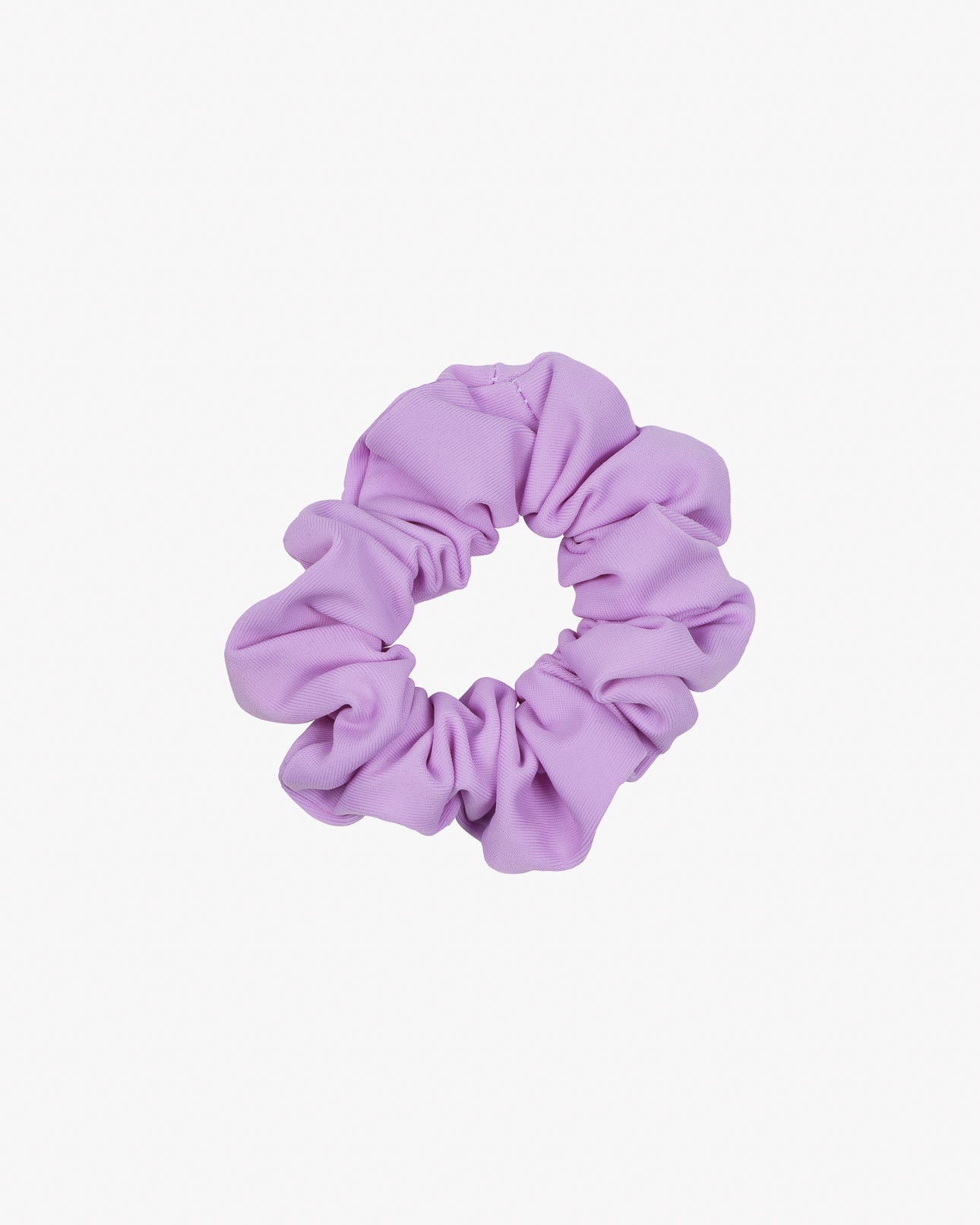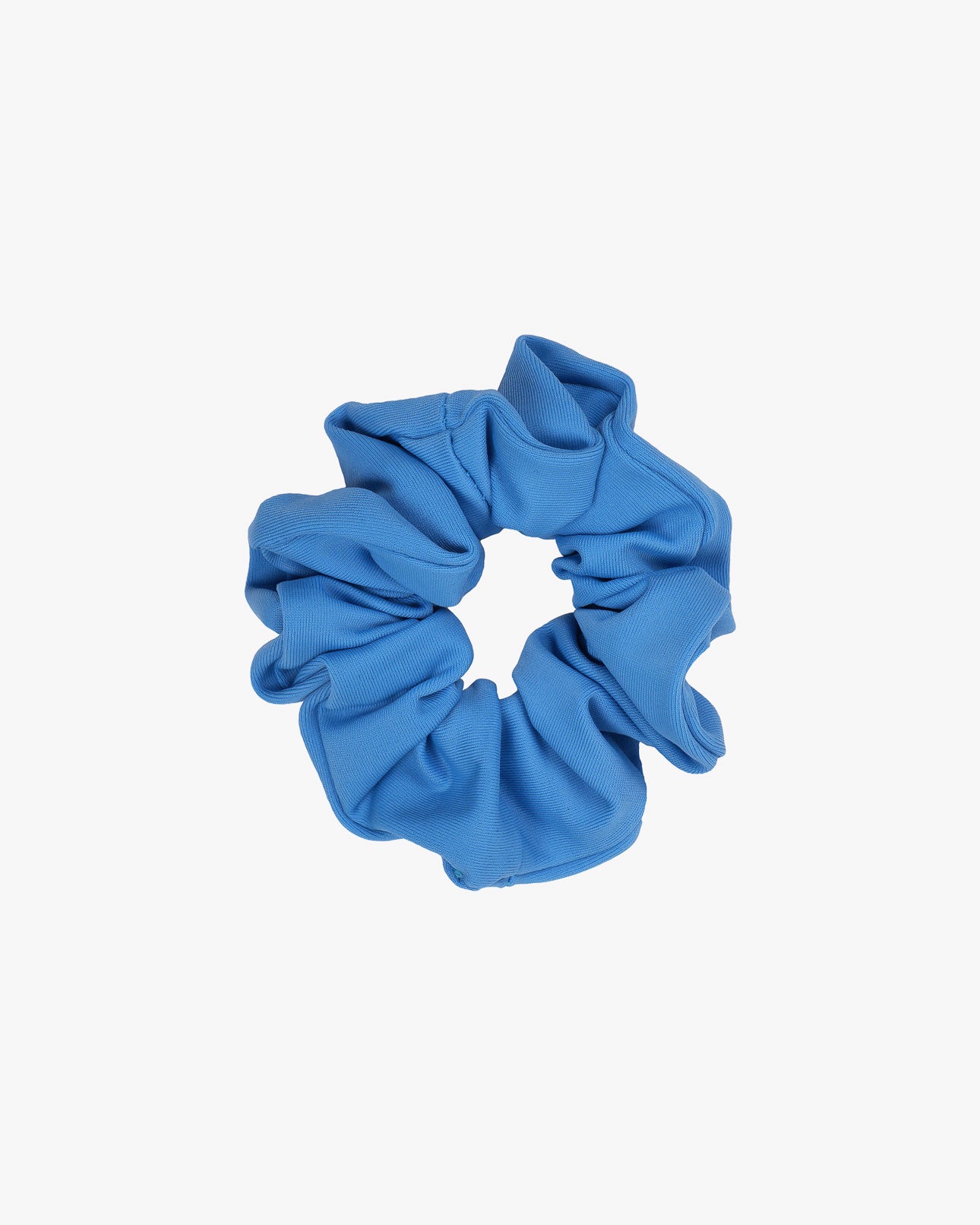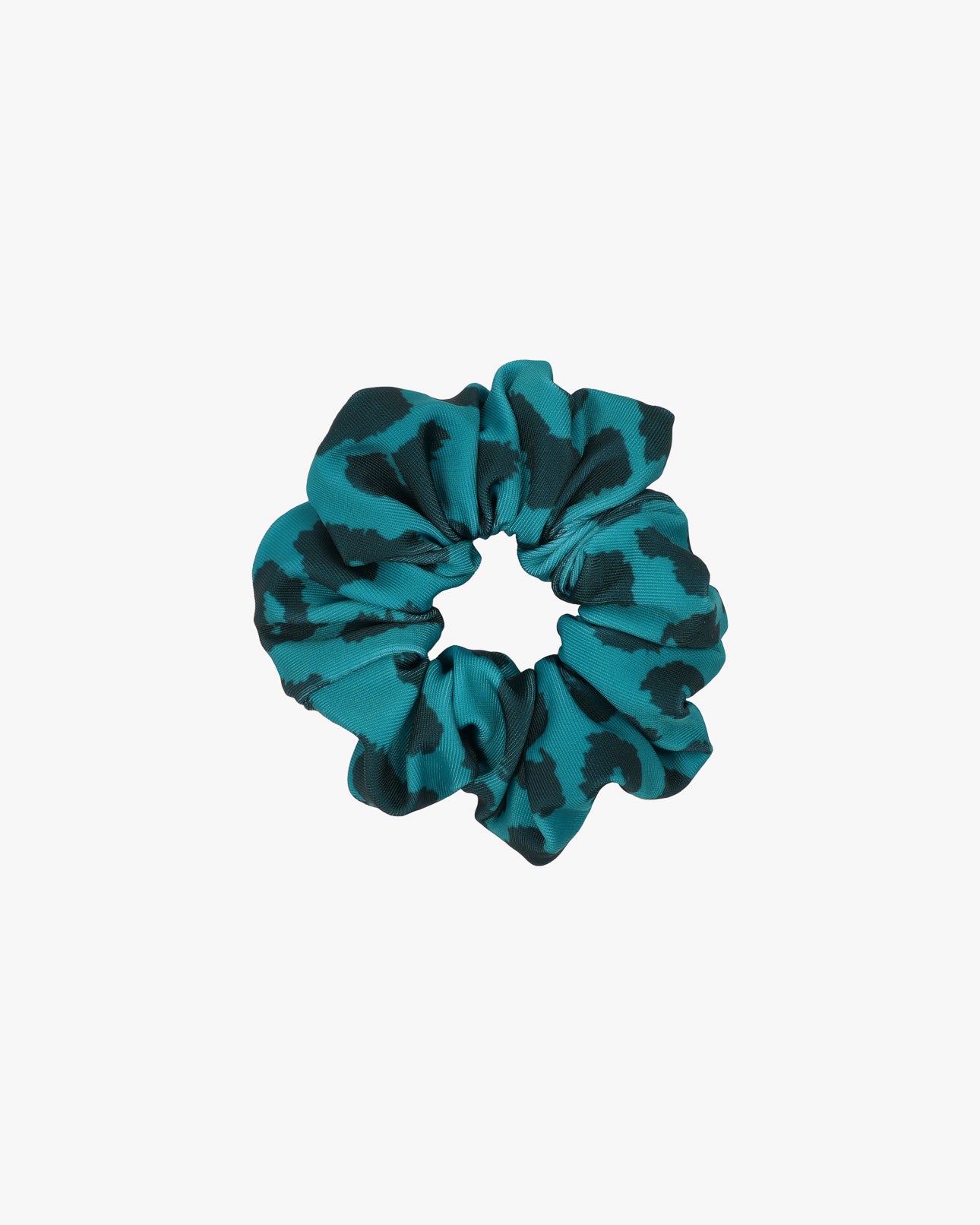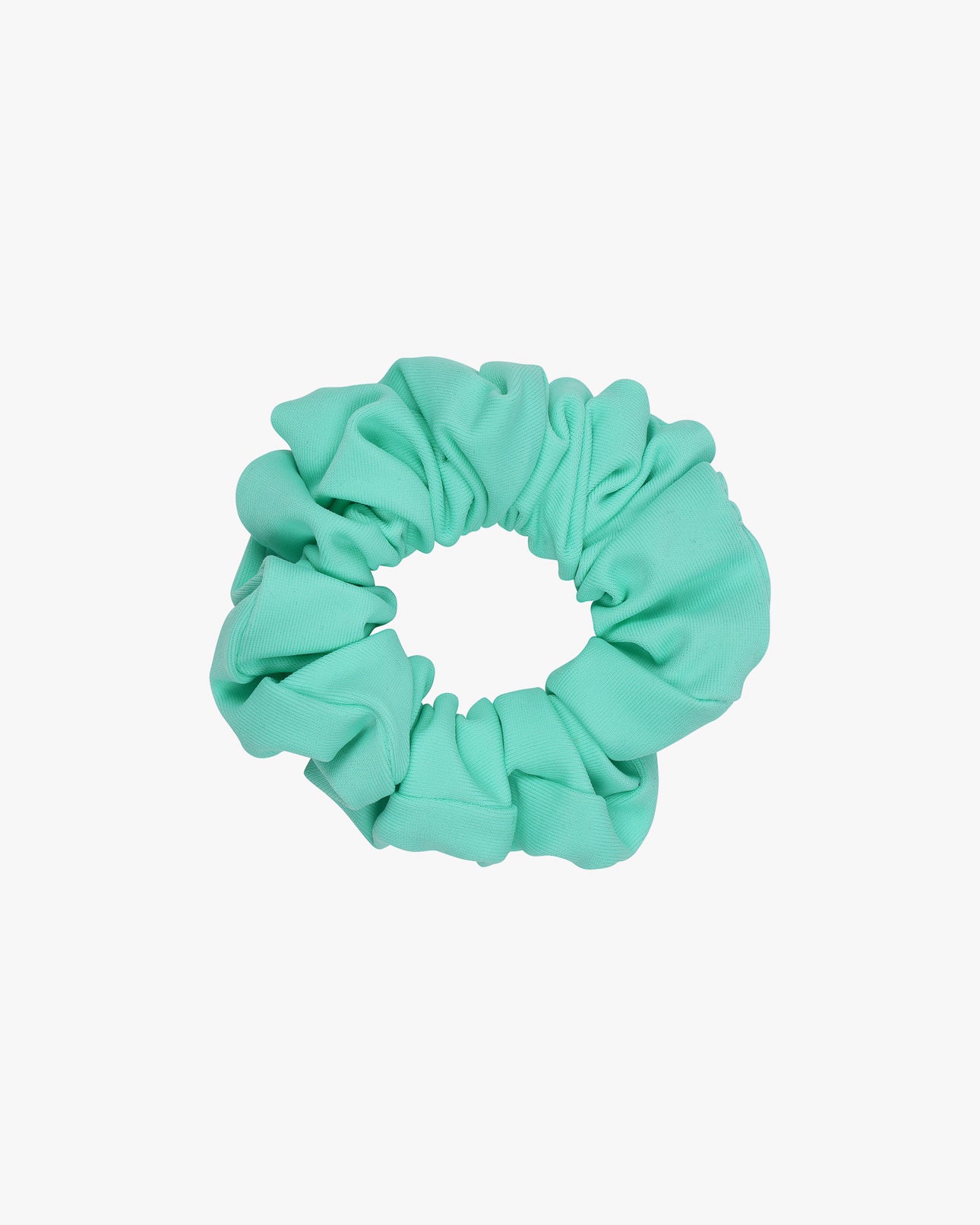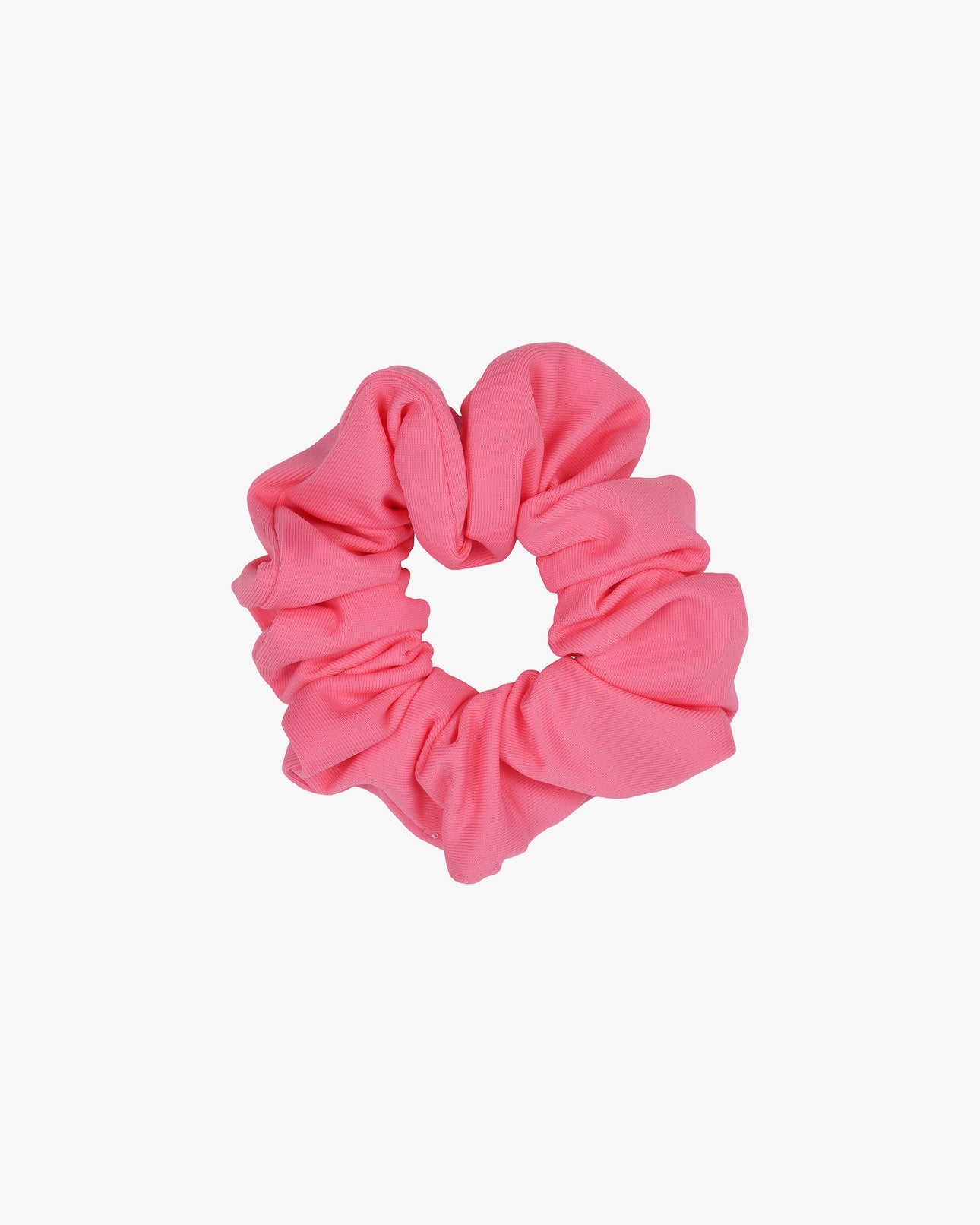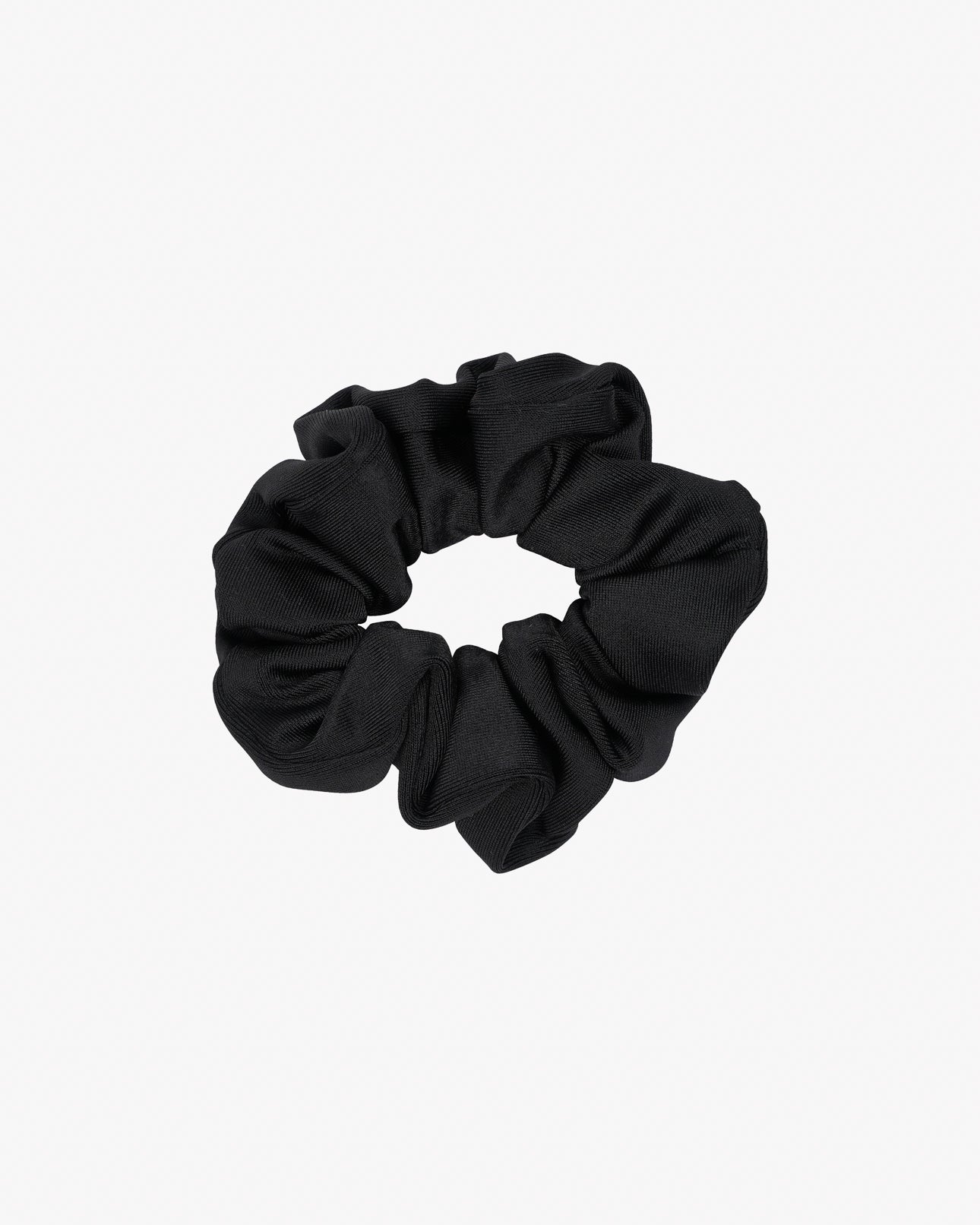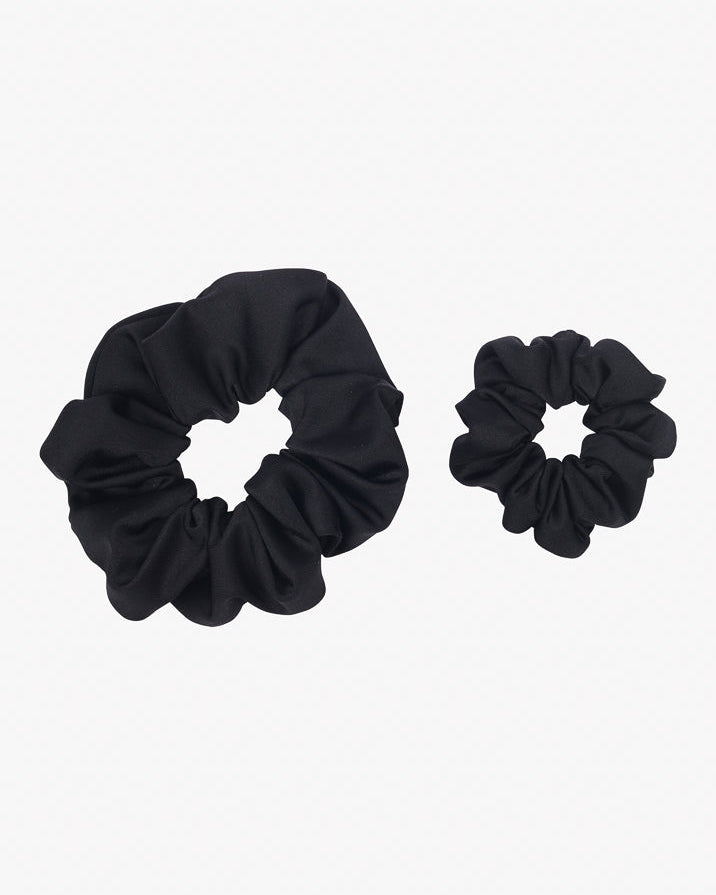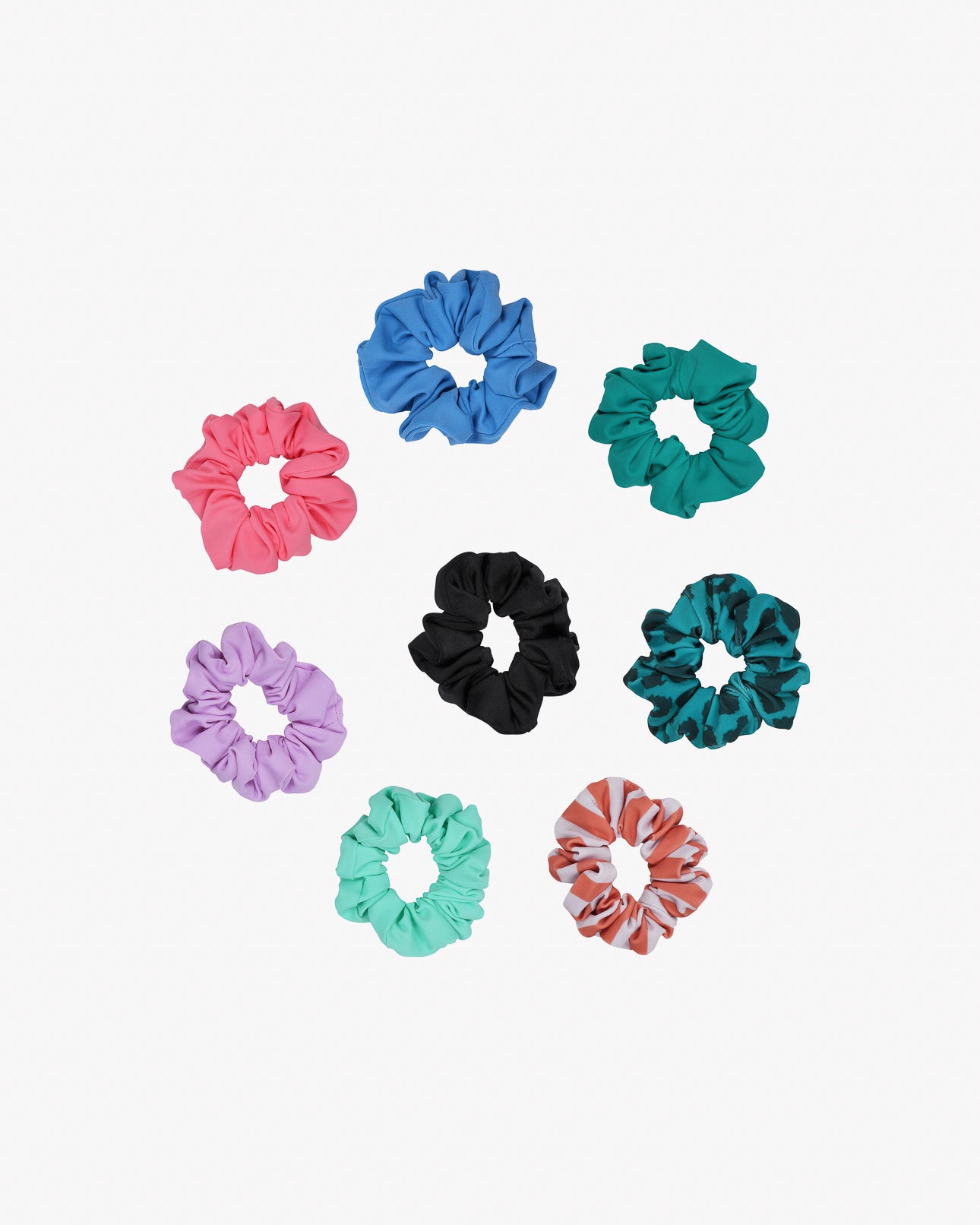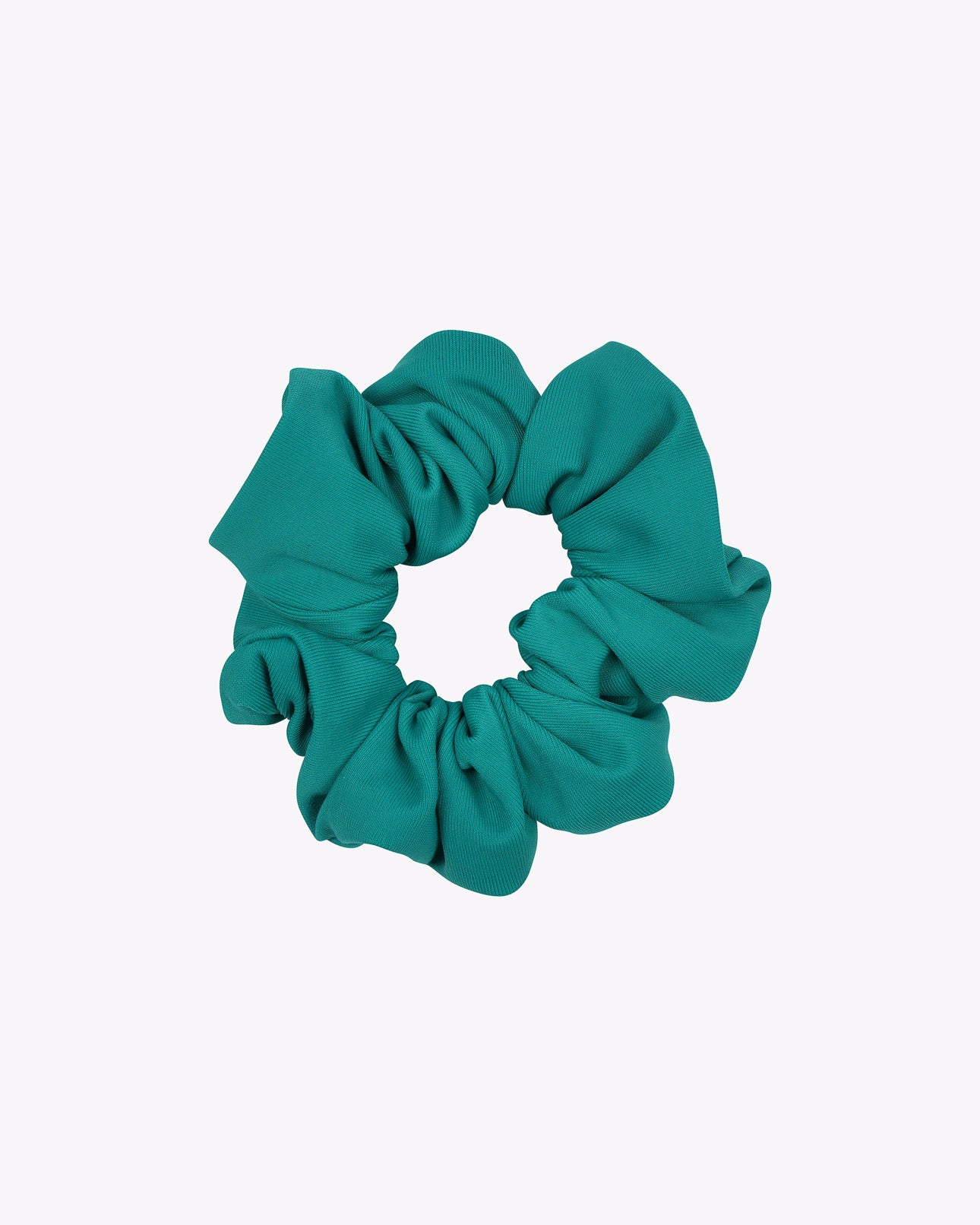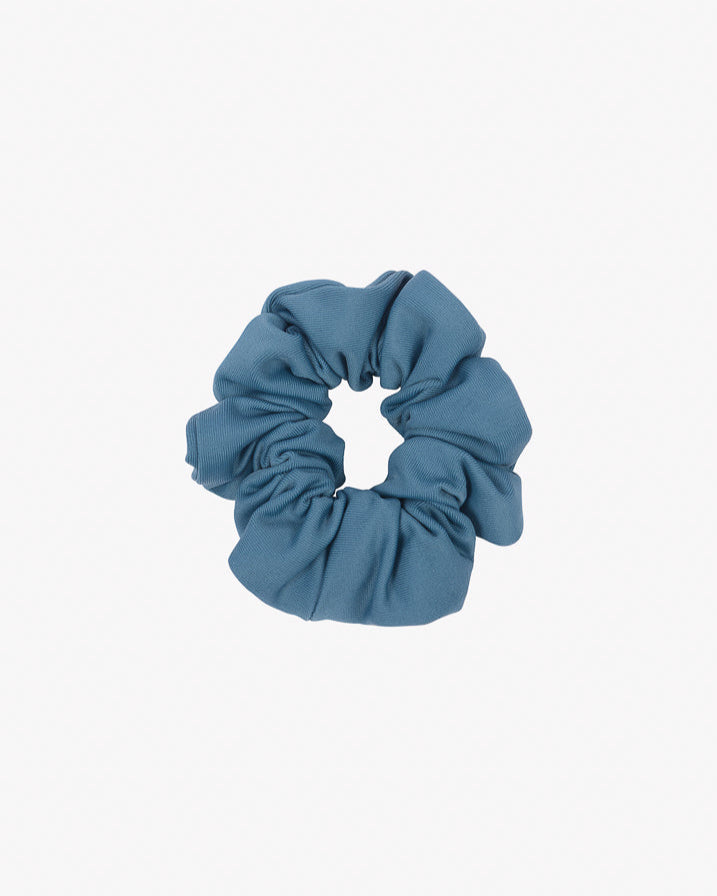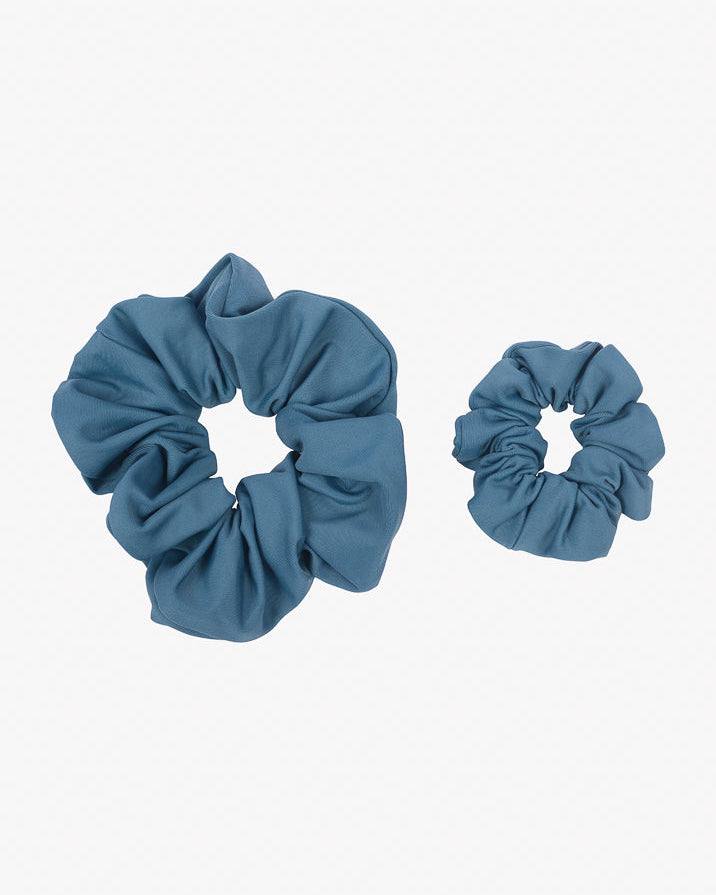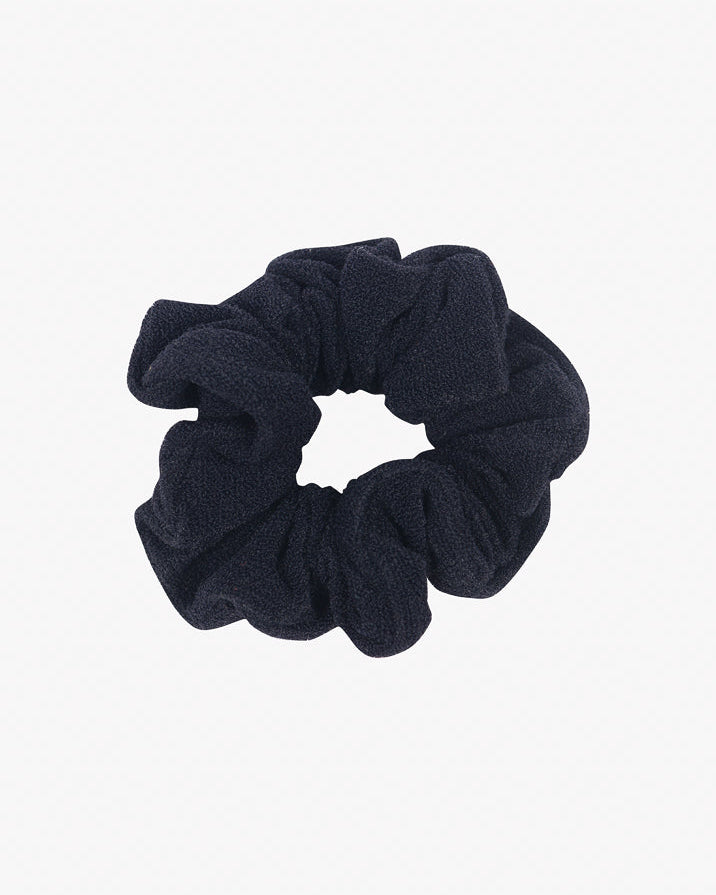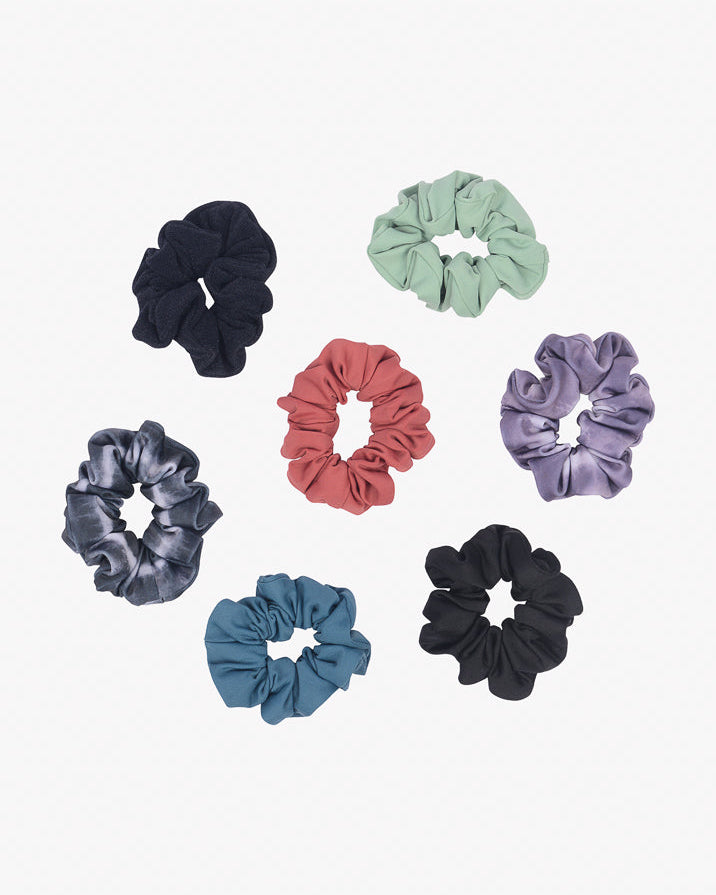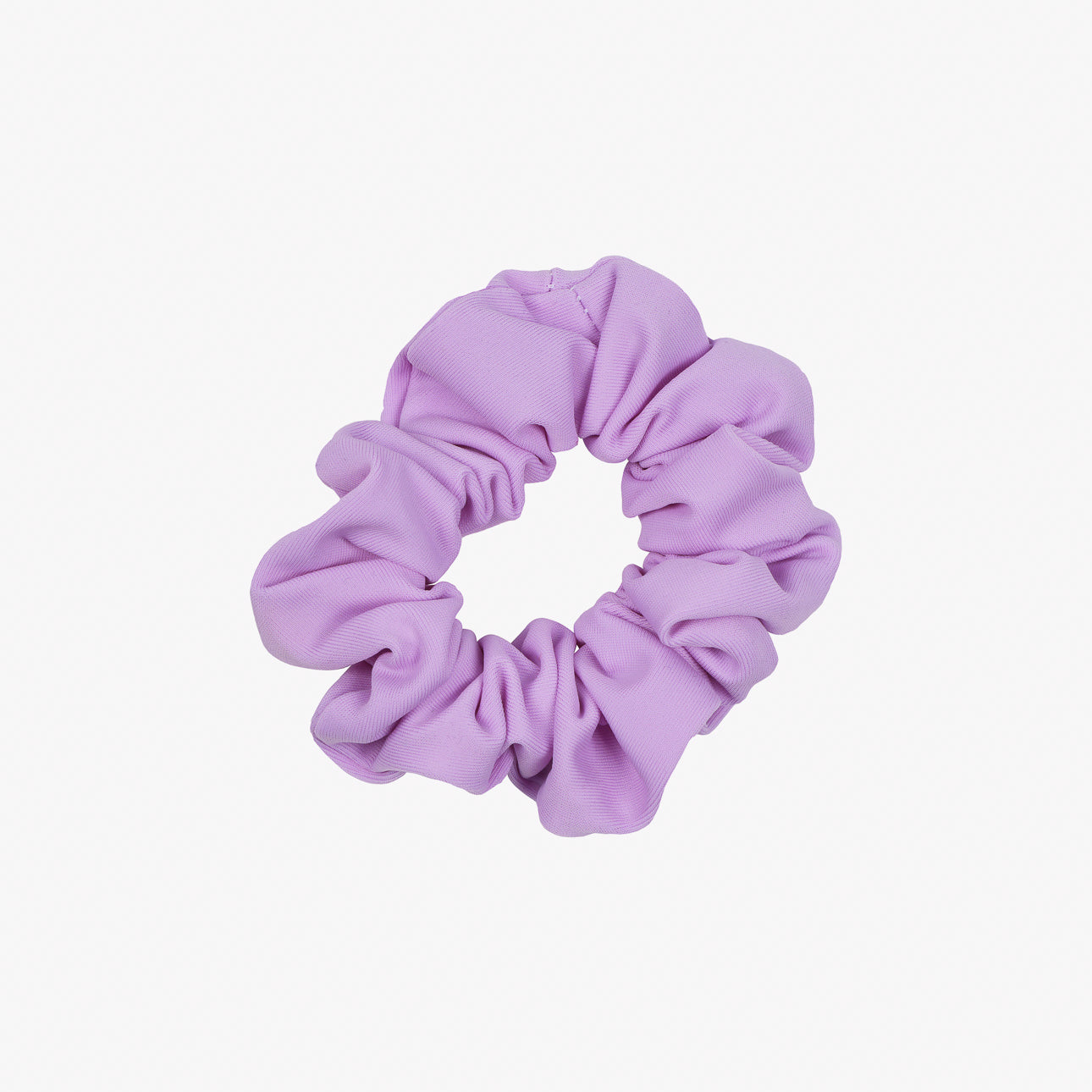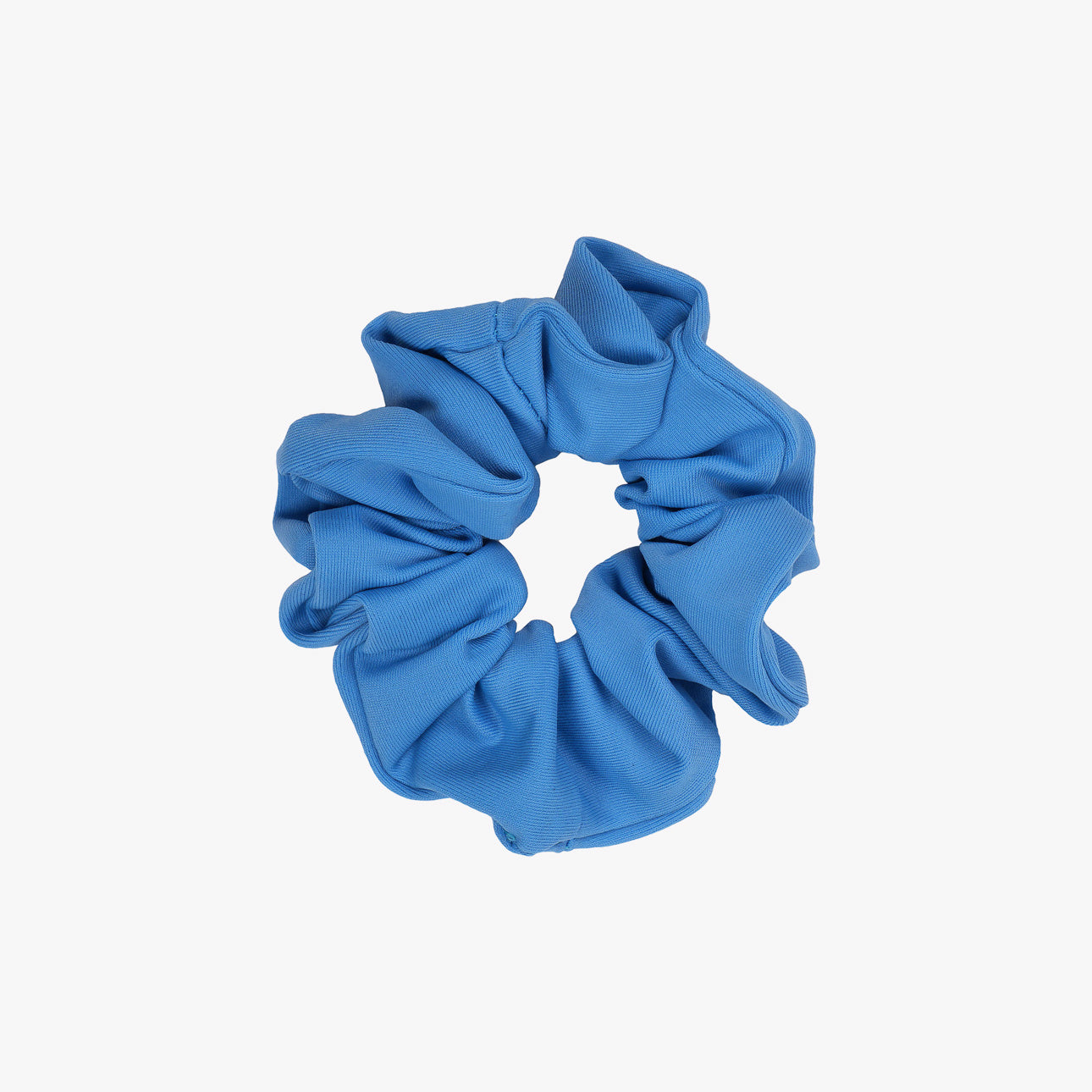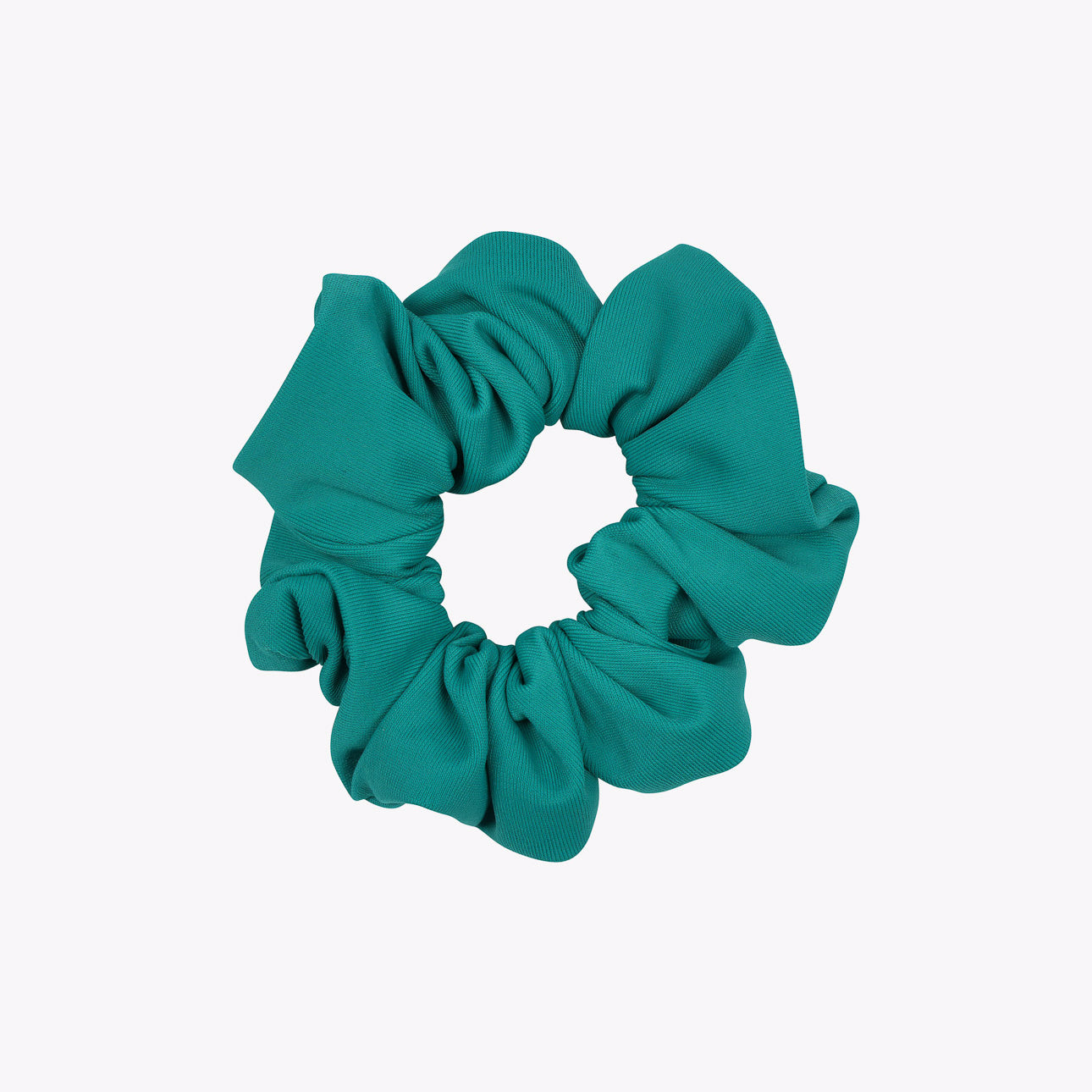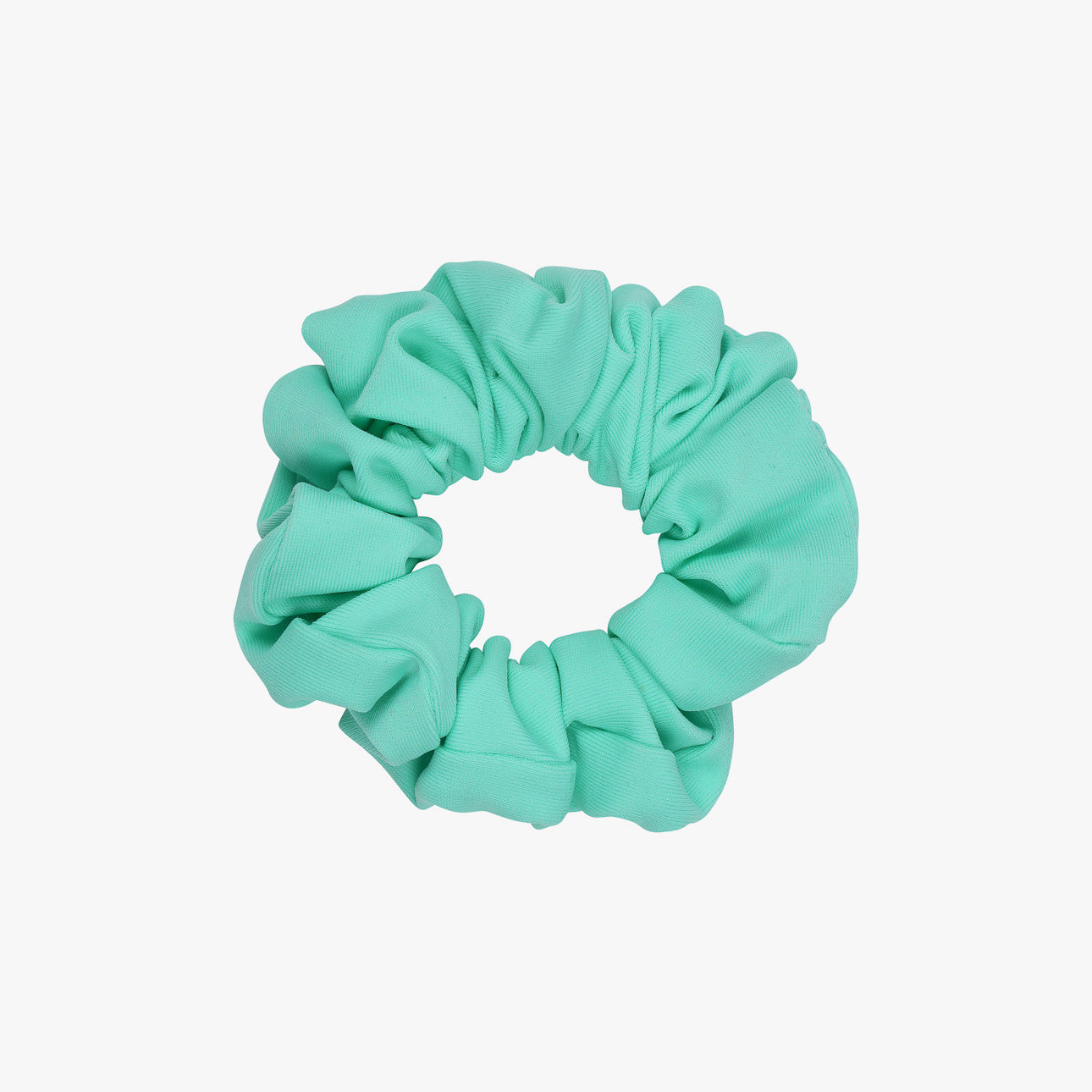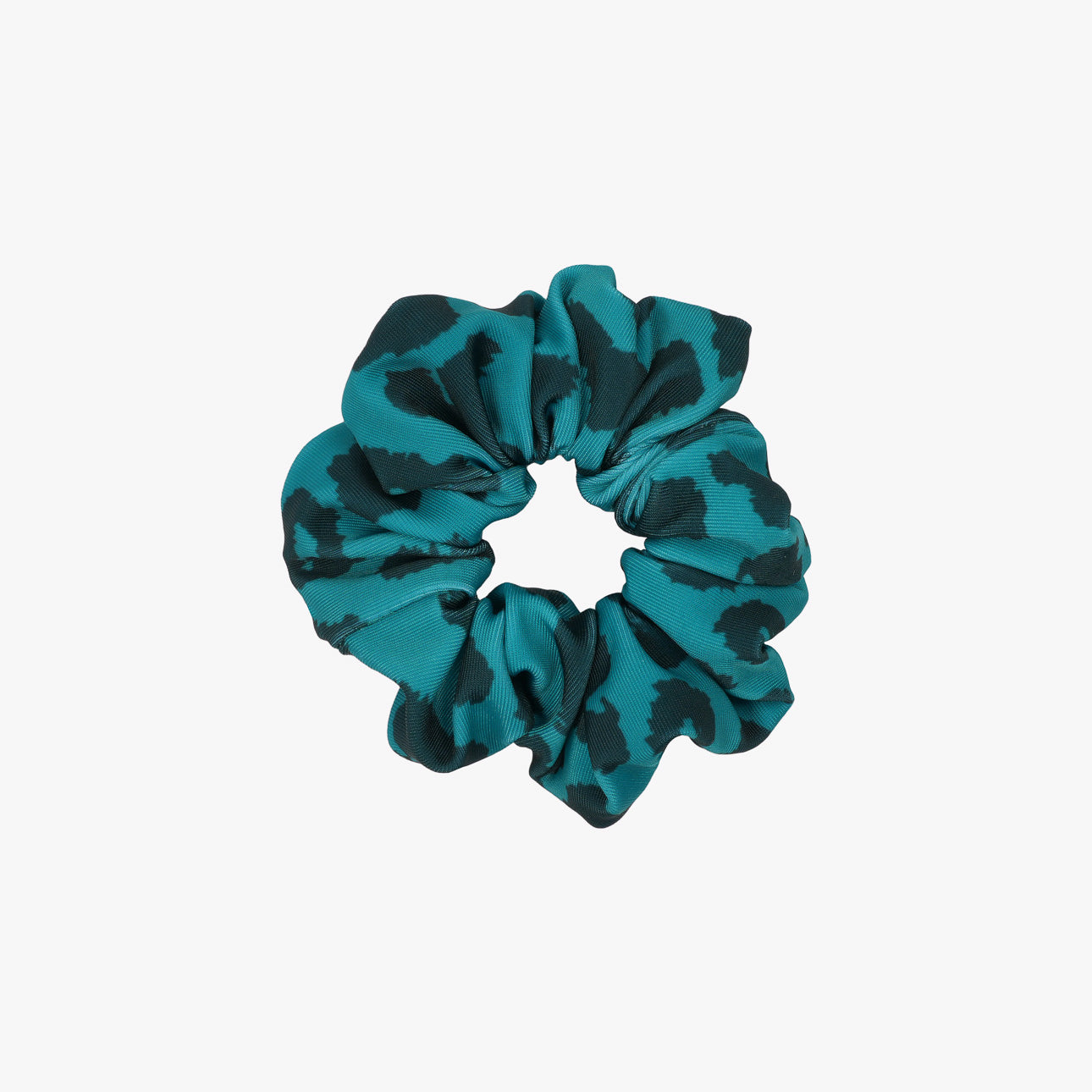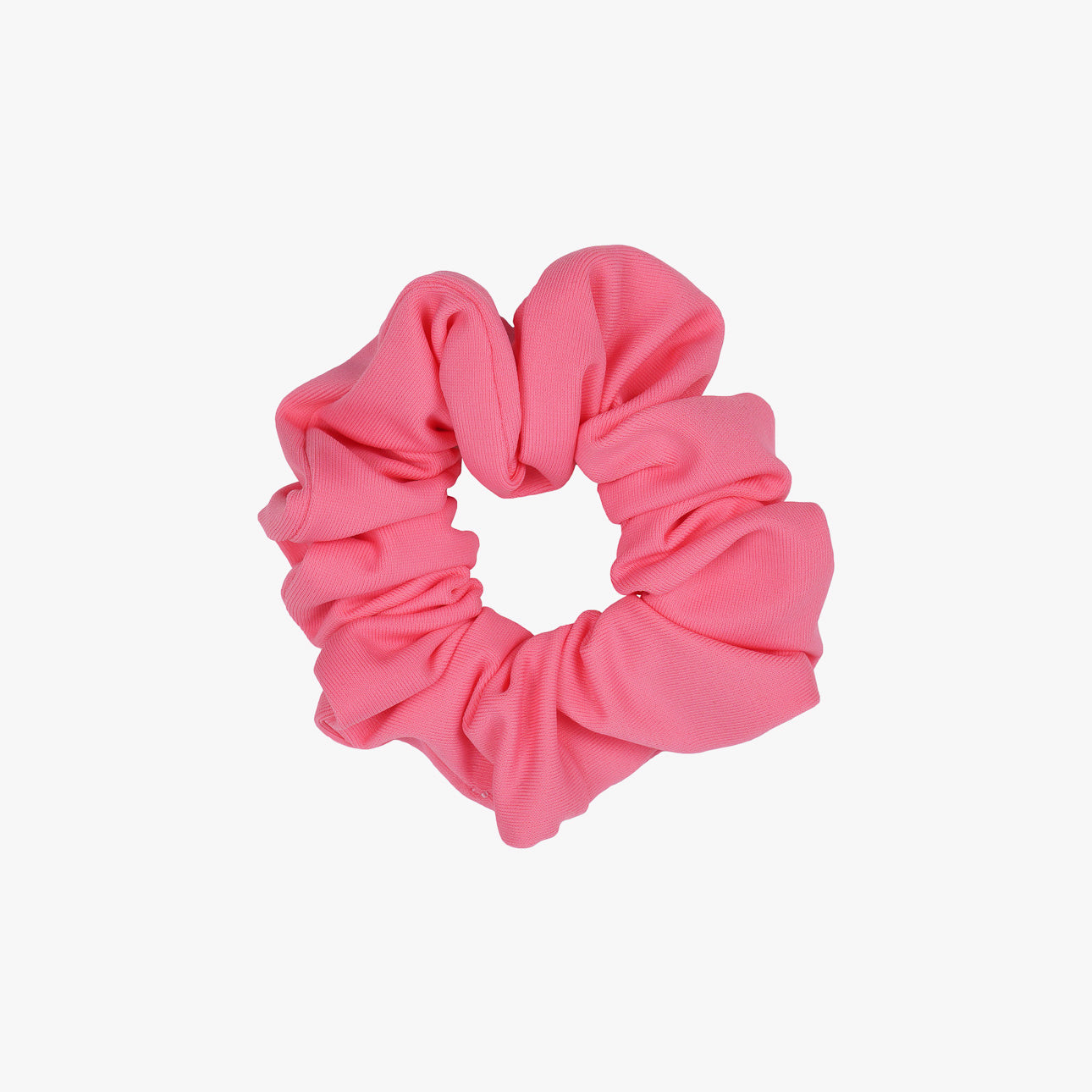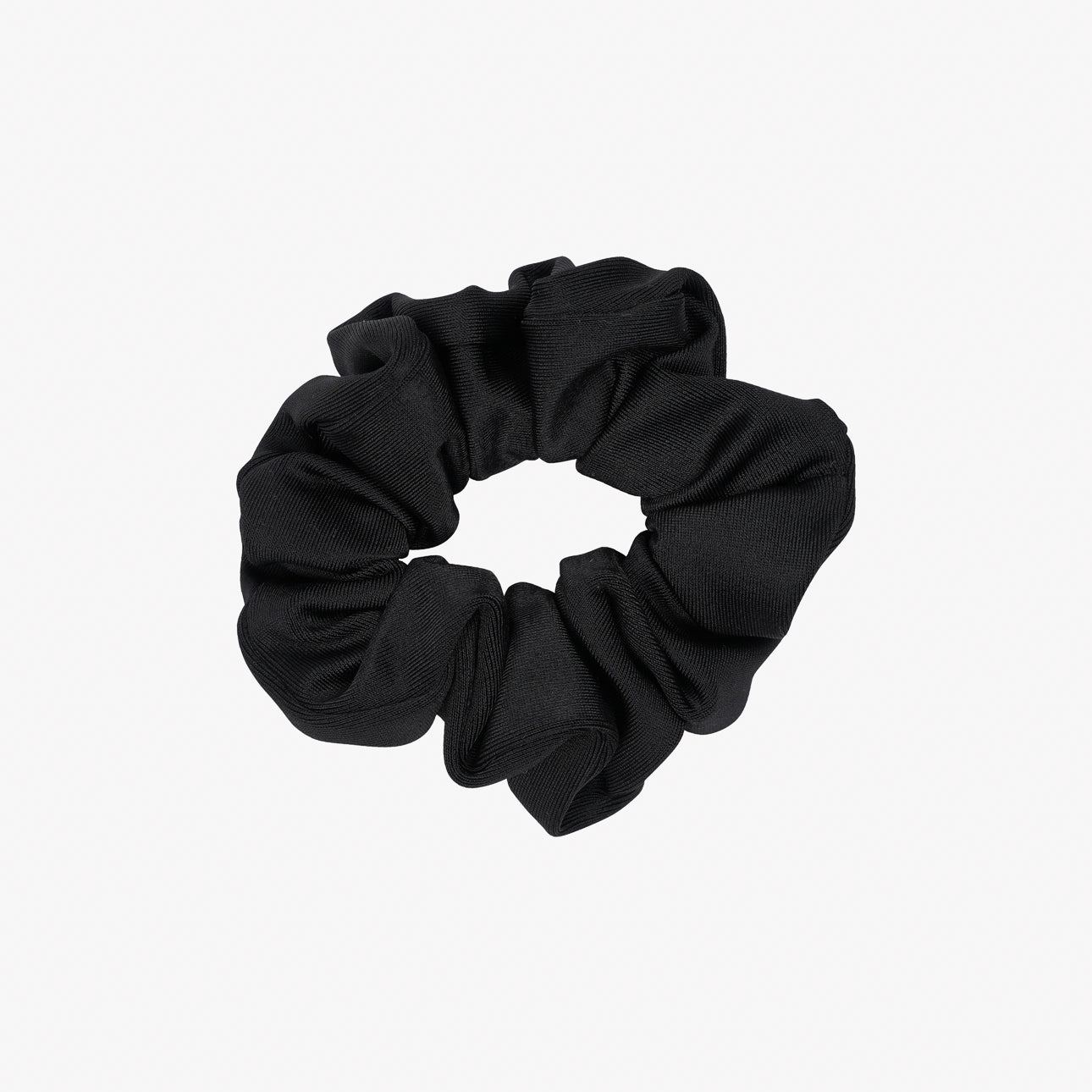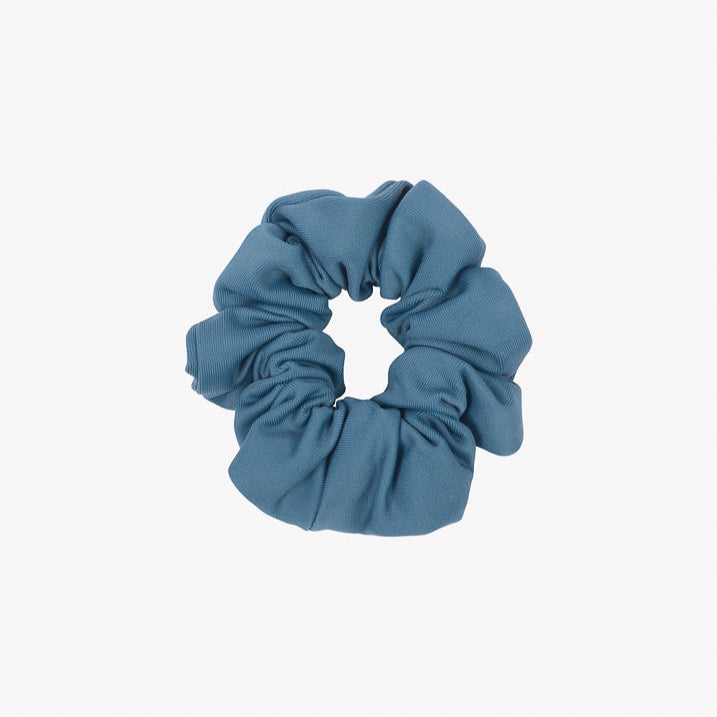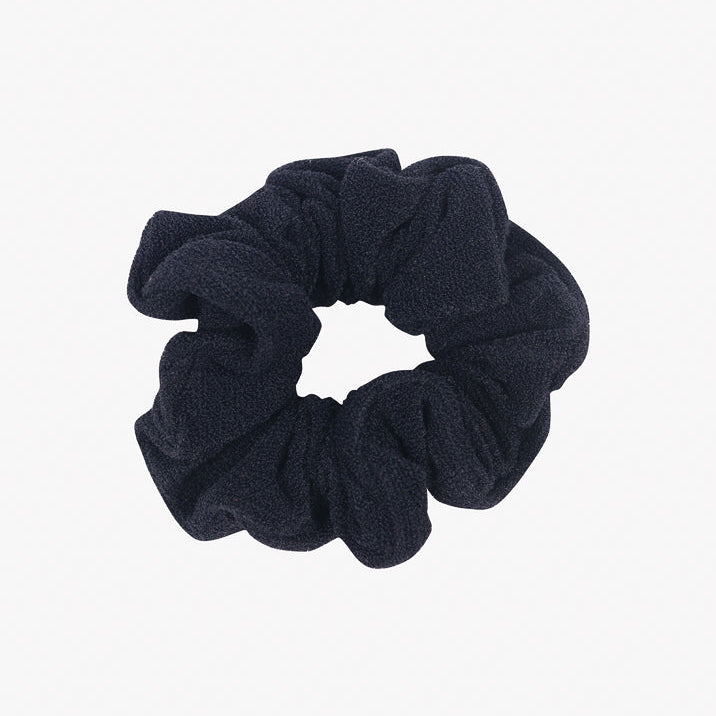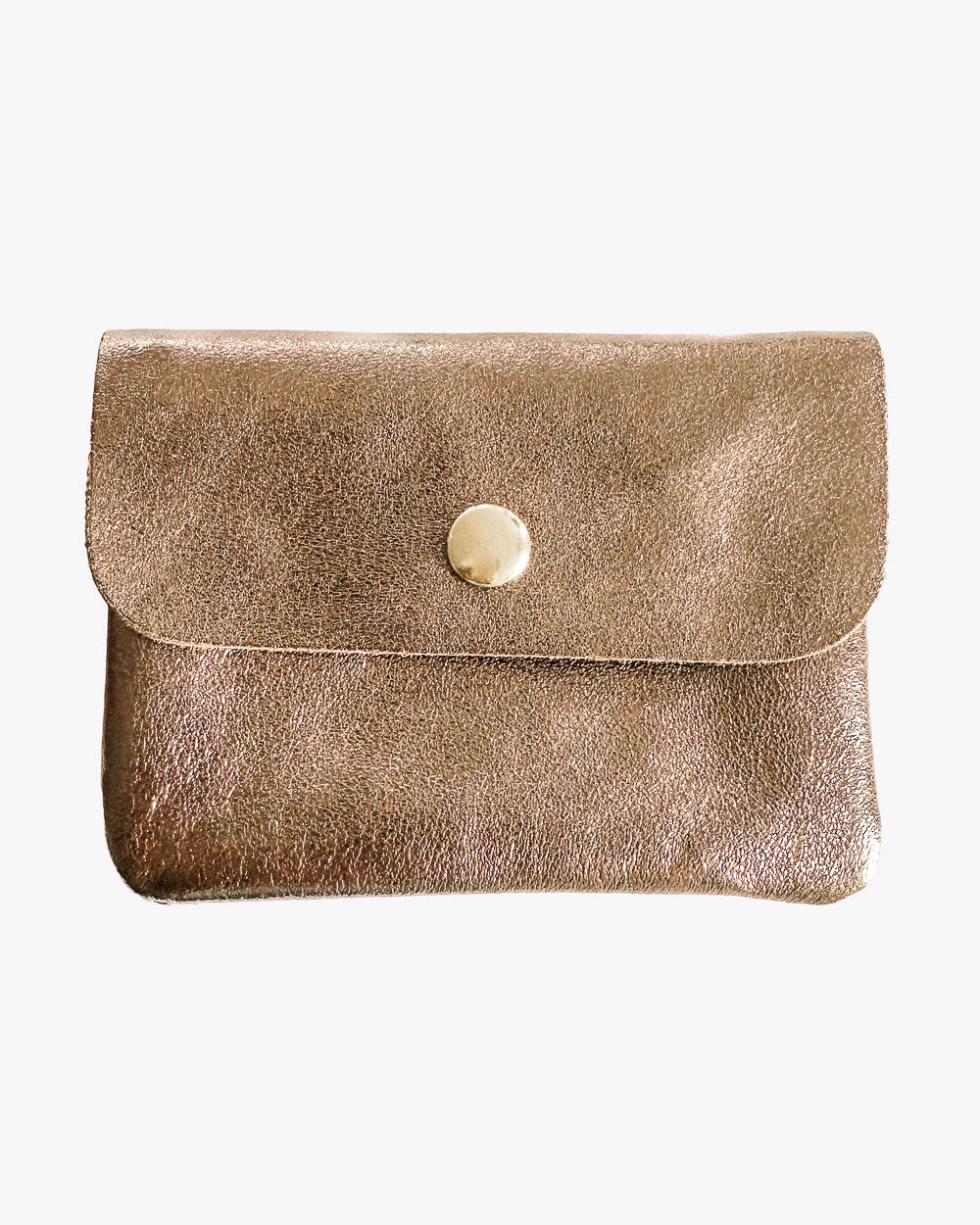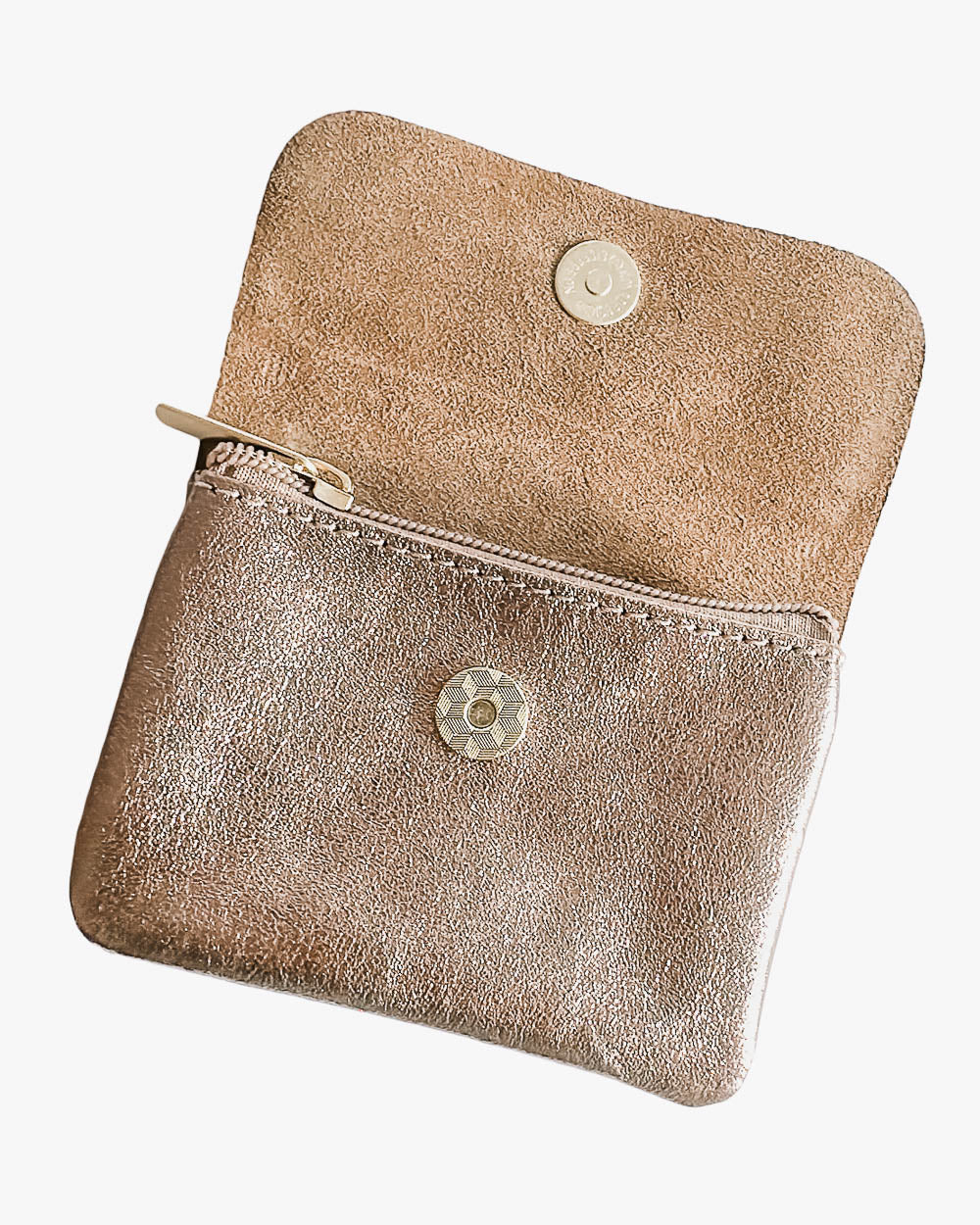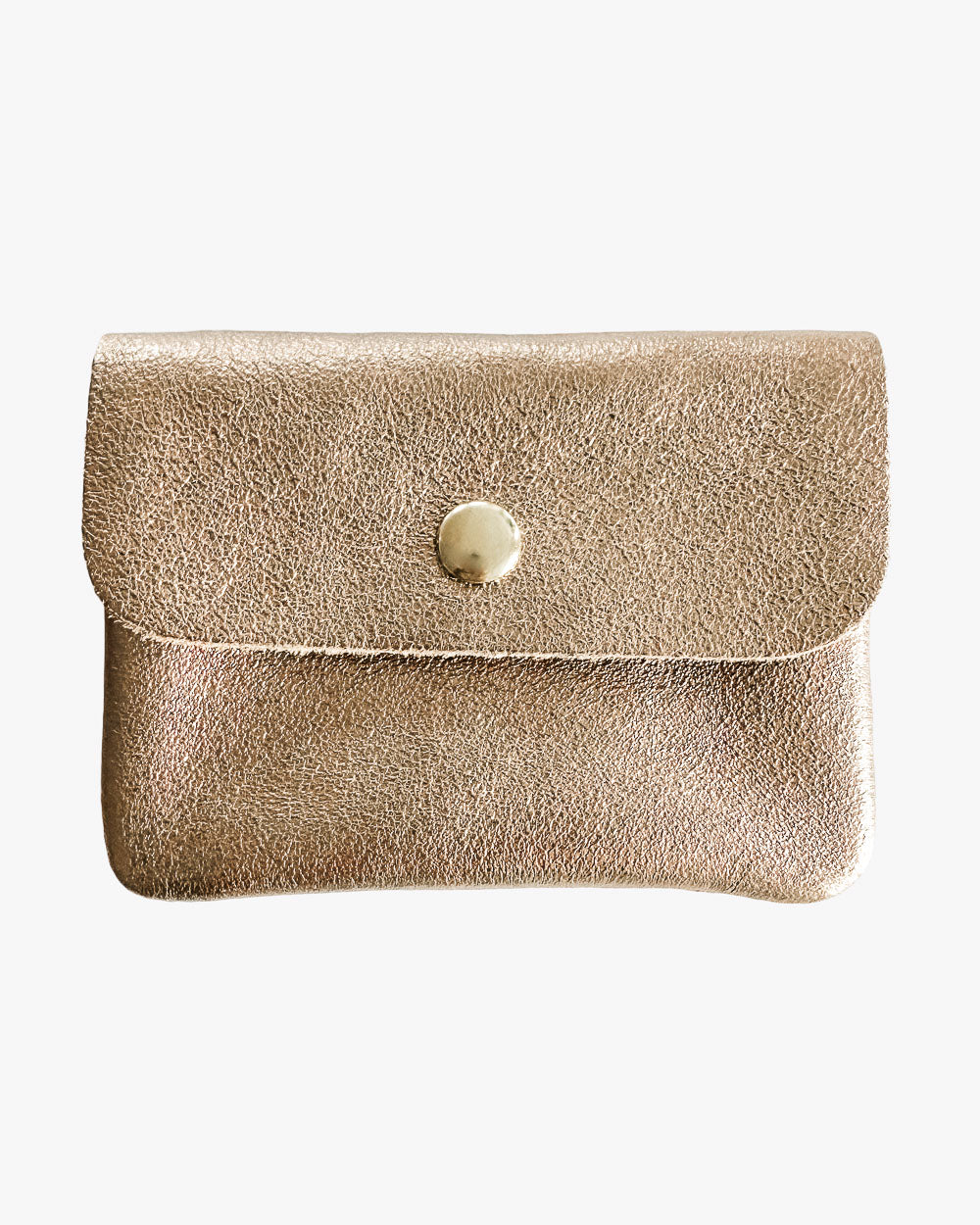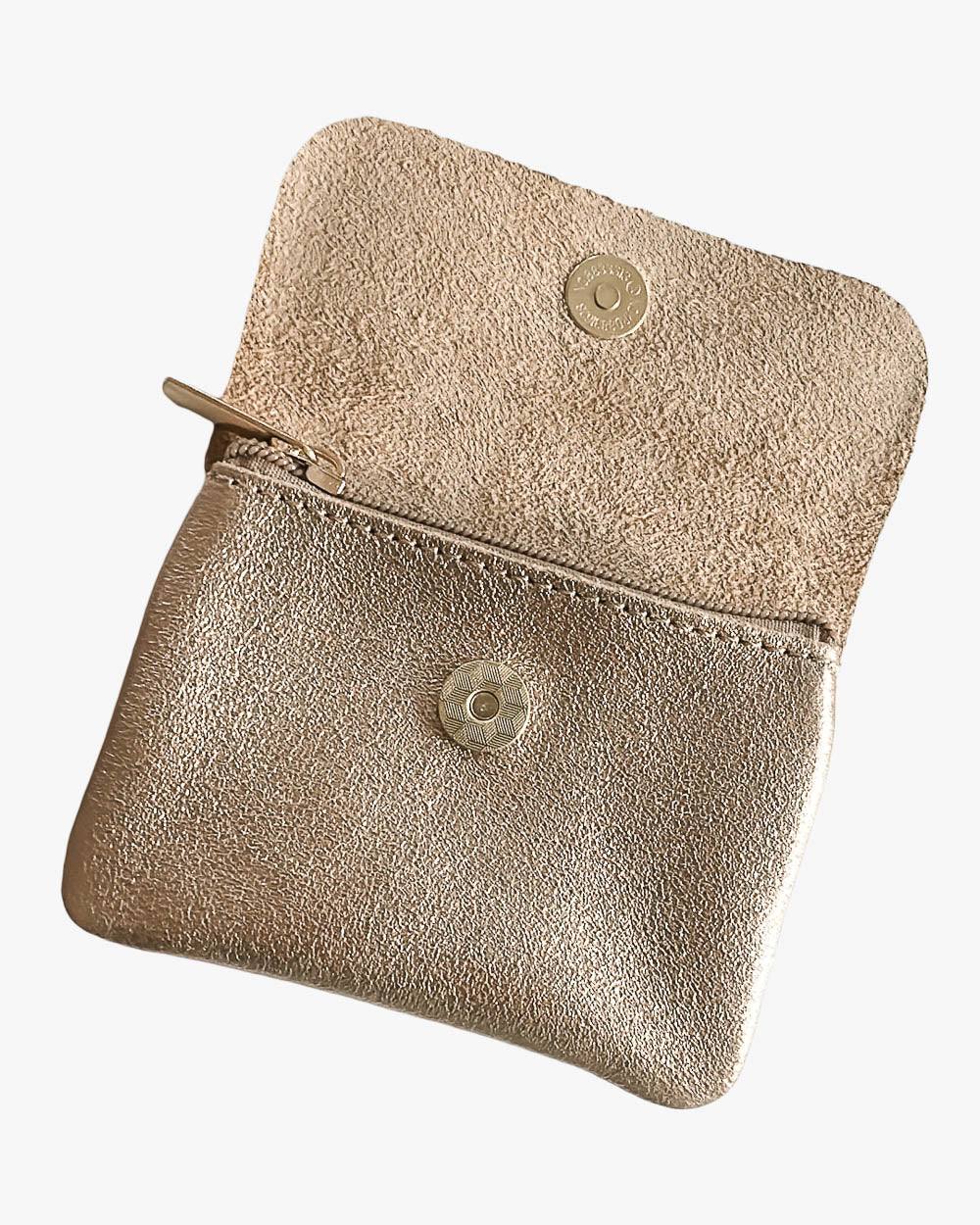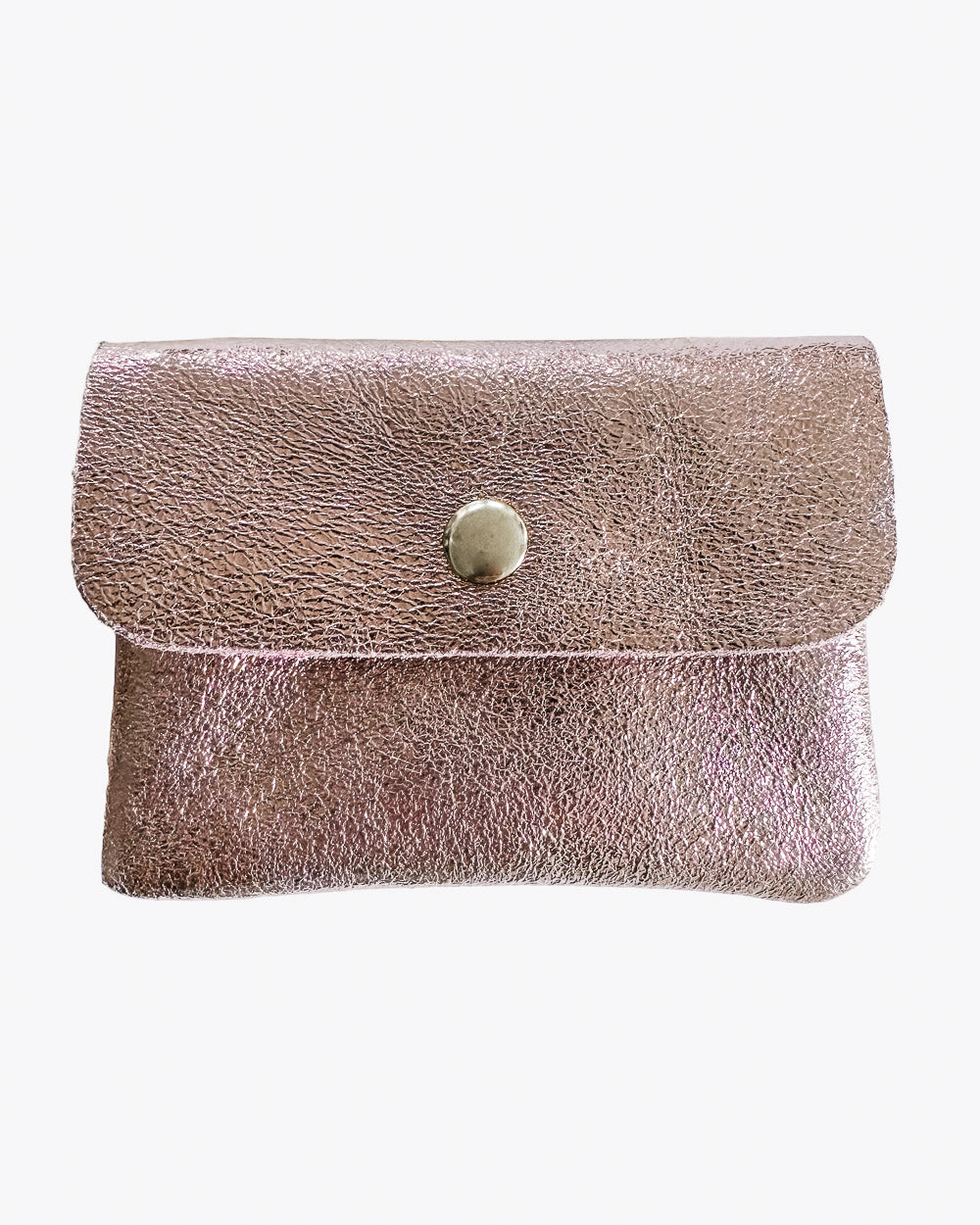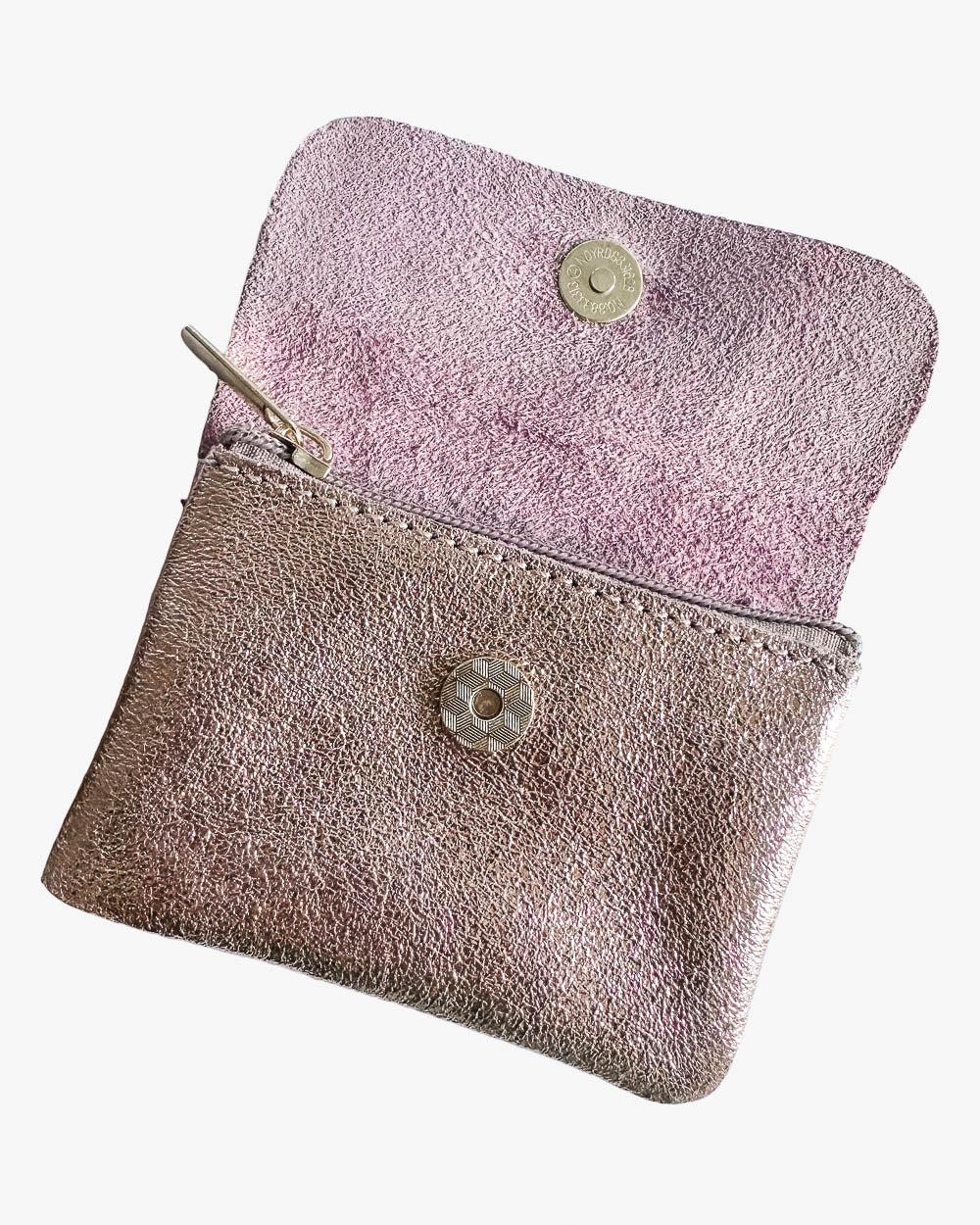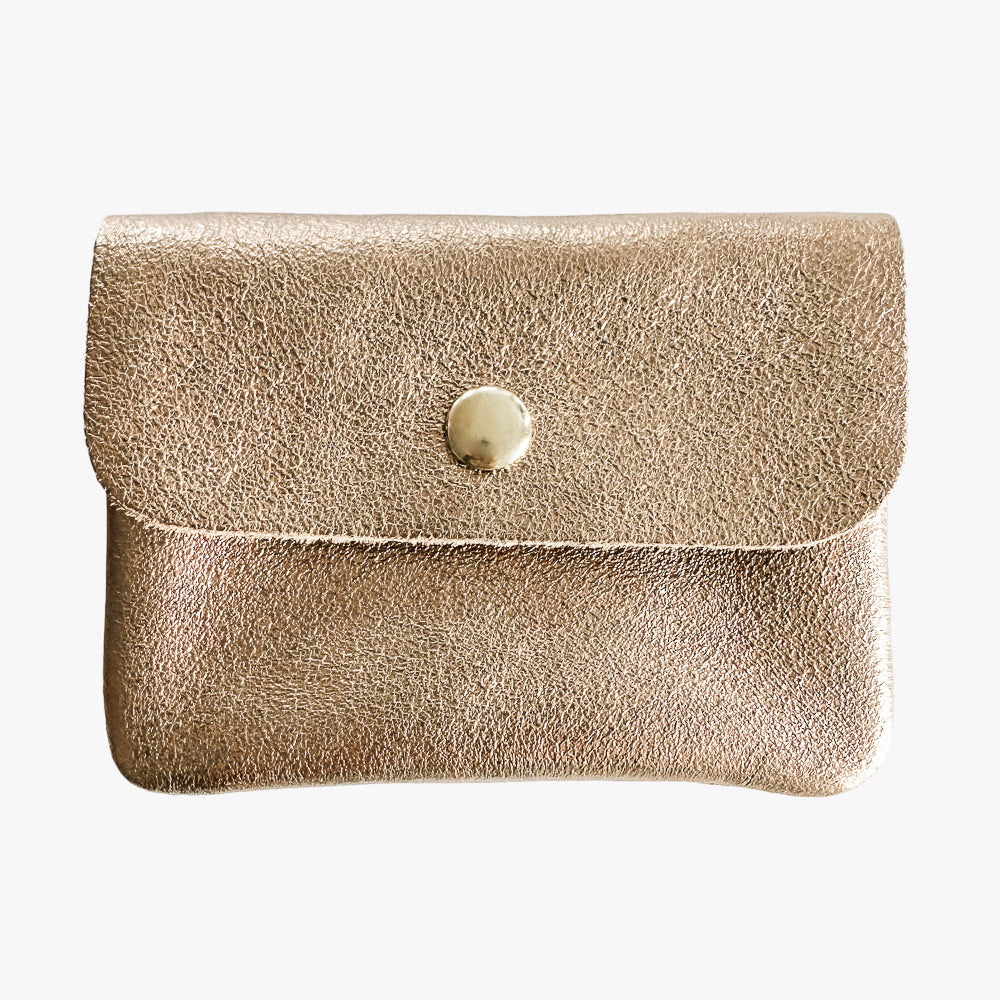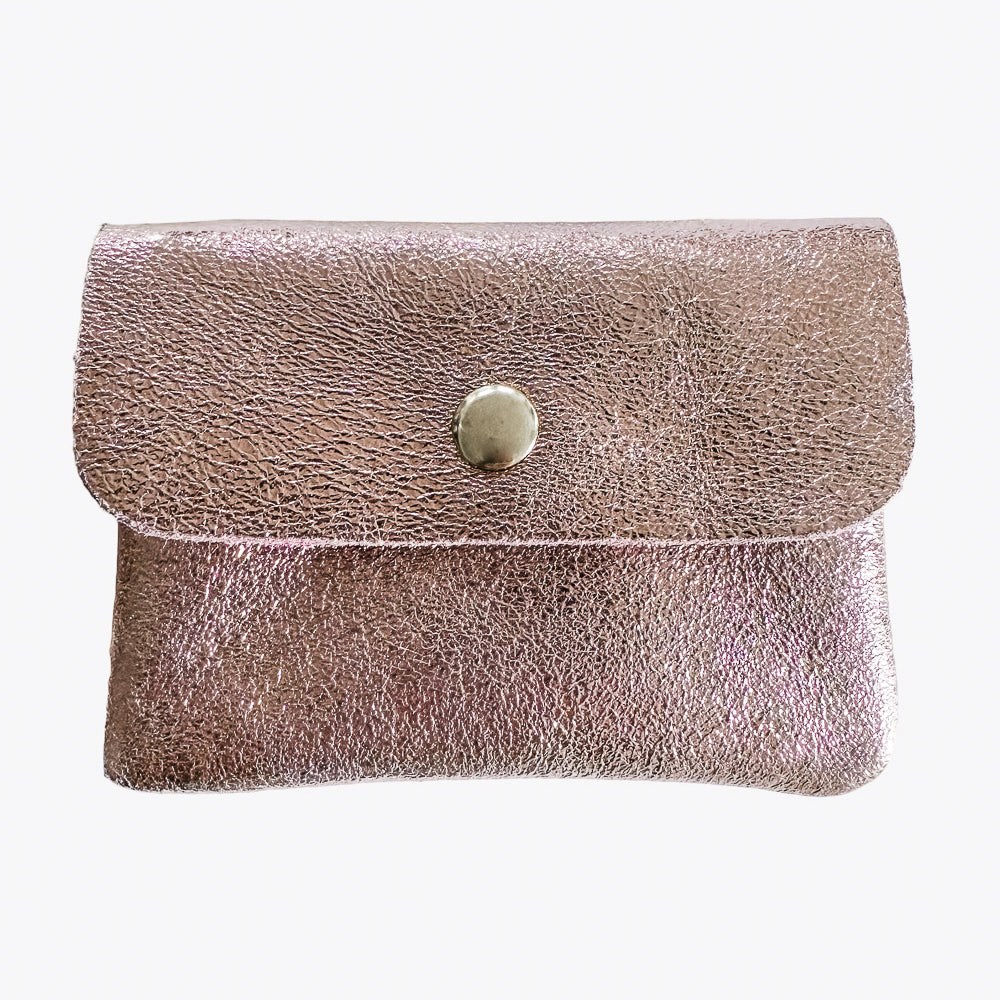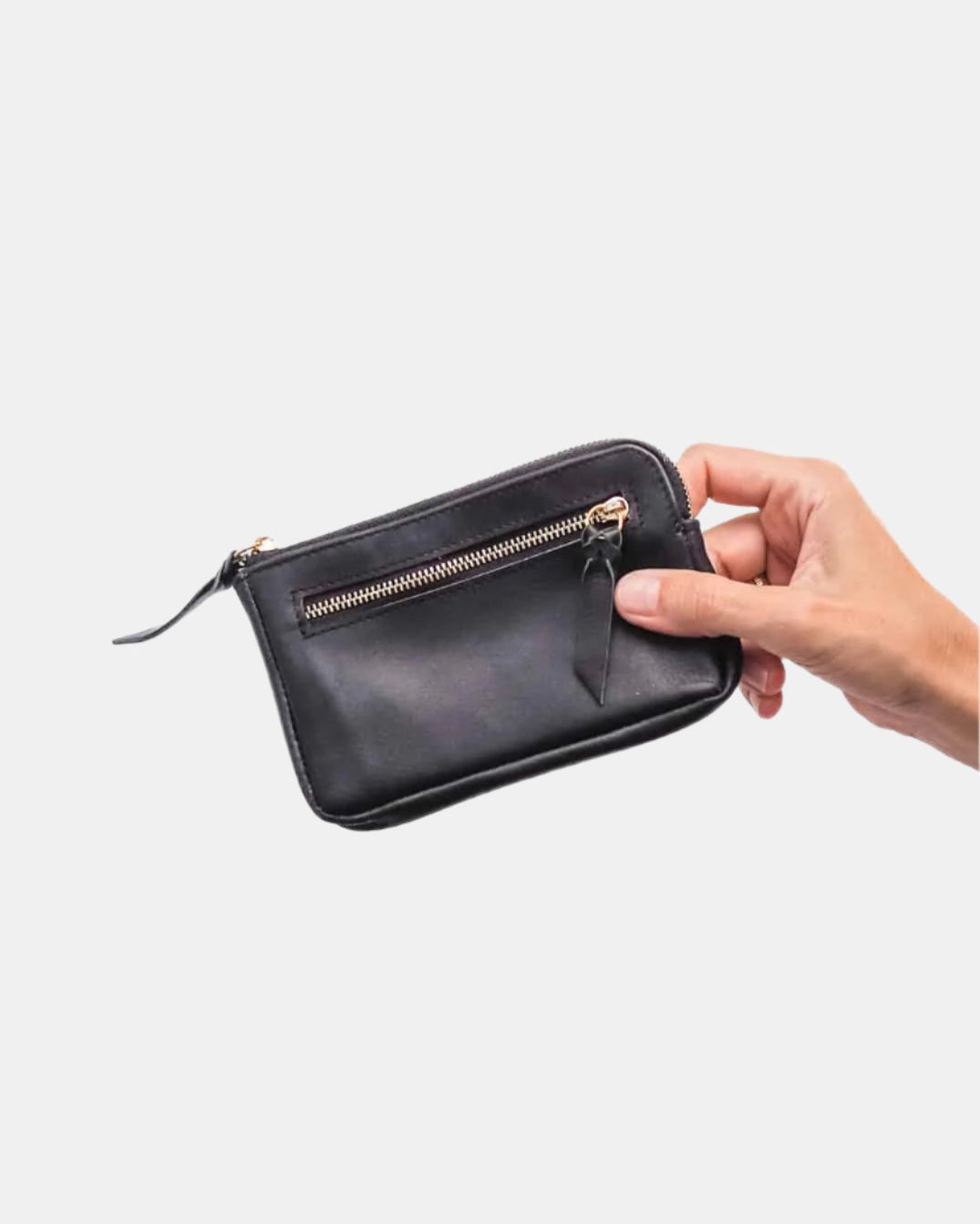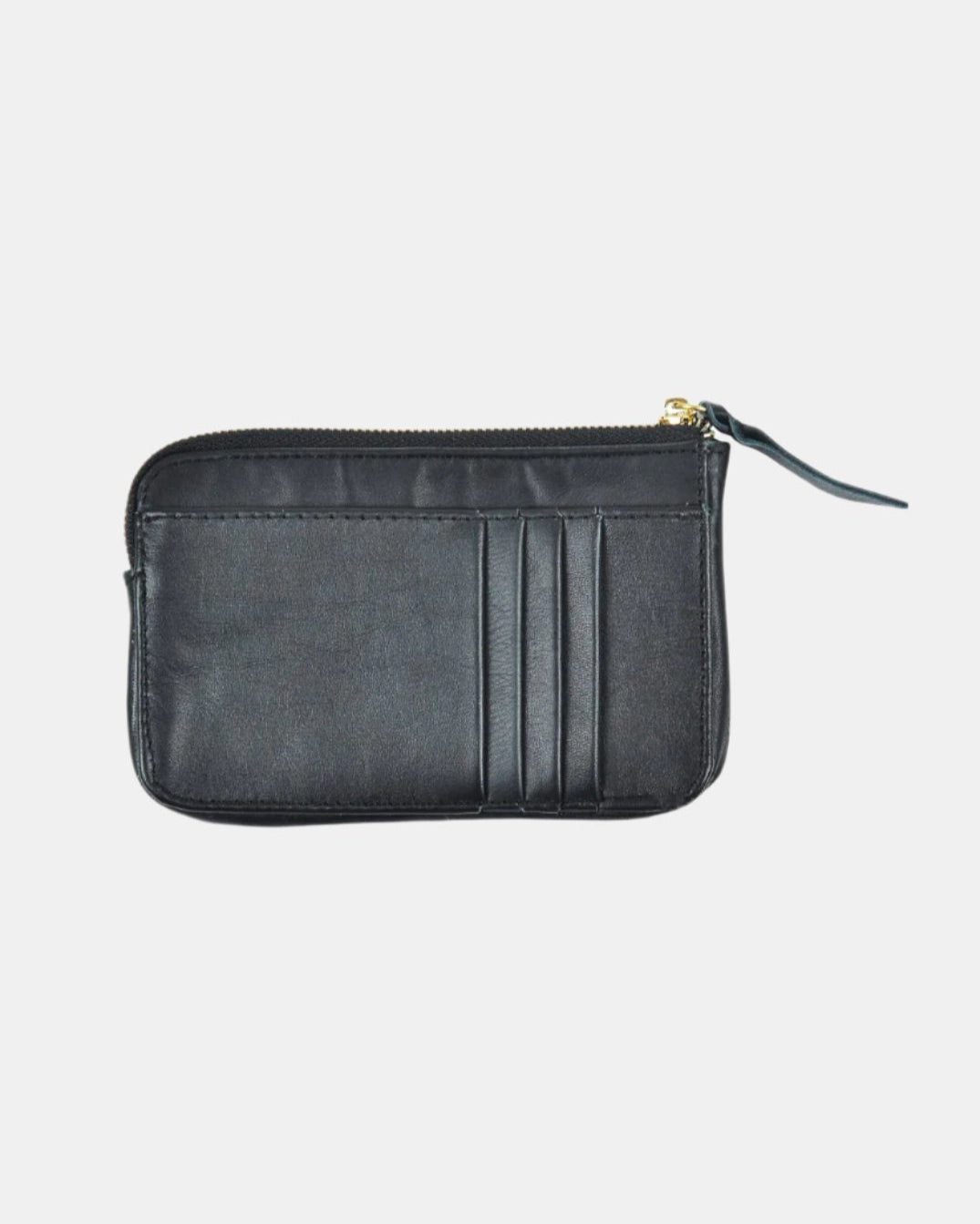The right playmat will be crucial for your baby's healthy development in 2025. Modern models offer much more than just a soft surface.
Parents today want safety, comfort and versatility so that their child can play safely and in a supportive environment.
This guide provides comprehensive tips, current trends, and practical decision-making aids for your purchase.
Look forward to an overview of sustainable materials, innovative features, different sizes, ease of care and the latest design trends.
What is a playmat & why is it so important?
A playmat is much more than just a simple baby blanket. It forms the basis for your baby's first experiences in a safe environment. Unlike regular blankets or carpets, a playmat is specifically designed for the needs of babies. It protects against cold floors and hard surfaces and provides a padded area that supports the baby during their first attempts at rolling over and crawling.
By using a playmat, parents create a separate, clearly defined play area. These mats are usually much thicker than conventional baby blankets, making them ideal for everyday play. Especially in homes with tile or hardwood floors, a playmat provides comfortable comfort and safety. It is versatile and can be used, for example, as a play mat in the living room, children's room, or even on the go.
Definition and basic functions
The playmat differs from other baby blankets and play mats due to its special padding and functionality. It not only serves as a soft surface but also protects the baby while rolling, sitting, and crawling.
Key functions of a playmat:
- Protection from cold and hard floors
- Promoting motor development
- Defining a safe playing area
- Versatile use, also as a picnic blanket or for outdoor use
In everyday life, it becomes clear that a playmat quickly becomes the center of a child's exploration. It accompanies your child through various developmental phases, always ensuring well-being and security.
Promoting development through playmats
A high-quality playmat offers numerous sensory stimuli that support your baby's development. Colorful patterns, different textures, and integrated toys promote hand-eye coordination and freedom of movement. According to ULLENBOOM, 90 percent of parents use a playmat daily during their baby's first year.
Many models, such as the Rainbow play mat for indoor and outdoor use , combine sustainability with added play value. They include tactile elements, crinkle zones, or activity arches that awaken babies' curiosity. Brands like HABA or LITTLE DUTCH focus on diverse designs that stimulate the senses and playfully promote development.
Safety and comfort
Safety is paramount with every playmat. Good padding protects the baby from falls and during those first attempts at crawling. Many manufacturers use hypoallergenic materials, such as OEKO-TEX® certified fabrics that are free from harmful substances.
Ease of care is also crucial: most playmats can be easily machine-washed and dry quickly. Hygiene plays a particularly important role in everyday life, as the mat is used frequently. This ensures the playmat always stays clean, comfortable, and ready for any adventure – whether at home, in the garden, or out at the lake.

The most important selection criteria for the perfect playmat in 2025
Choosing the right playmat can be a real challenge for parents. In 2025, sustainable materials, versatility, and practicality will play a crucial role. Modern playmat models impress not only with their comfort but also with clever details and flexible uses – whether at home, on the go, or at the beach.
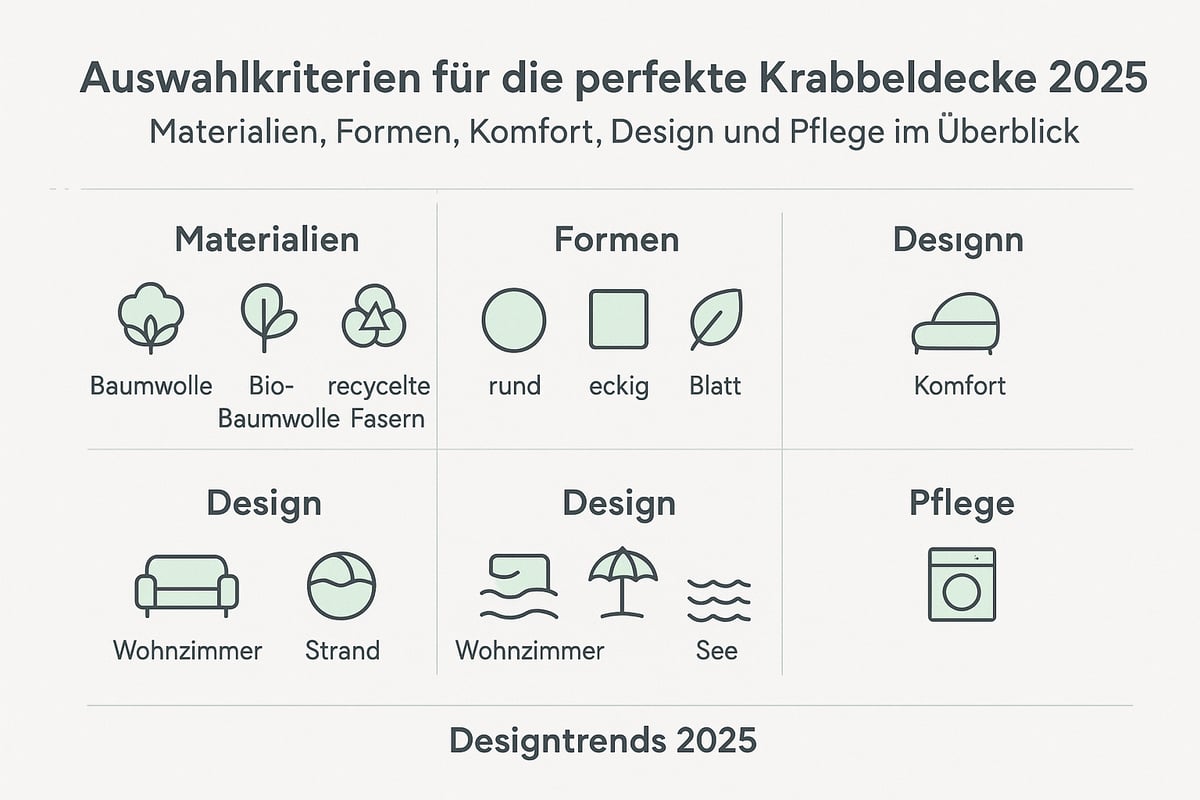
Materials & Sustainability
The material is the most important factor for every playmat. Cotton, organic cotton, and innovative recycled fibers are particularly popular. Sustainability will become the standard by 2025: certifications such as OEKO-TEX® or GOTS guarantee that the playmat is free of harmful substances and gentle on the skin.
An overview of common materials:
| material | Advantages | sustainability |
|---|---|---|
| Cotton | Soft, breathable, easy to care for | Depending on origin |
| organic cotton | allergy-friendly, environmentally conscious | Very high |
| muslin | Lightweight, temperature-regulating | High (for organic version) |
| Recycled fibers | Resource-efficient, robust | Very high |
Many brands prioritize production in Europe, short supply chains, and durable products. A playmat made from sustainable materials is not only good for the baby, but also for the environment.
Size & Shape
The size of a playmat depends on the living situation and its intended use. Common sizes are 80x80 cm for small rooms, 100x100 cm for a child's bedroom, and 140x140 cm for plenty of room to move around. Those who want flexibility can opt for a larger playmat, which can also be used as a play mat or picnic blanket.
Shapes are trending: In addition to classic, rectangular models, there are round versions or creative designs like leaves. This variety makes the playmat adaptable – whether in the living room, on the go, at the lake or in the swimming pool.
Padding & Comfort
A good playmat reliably protects against cold or hard surfaces. The padding ranges from fluffy hollow fibers and polyester to natural materials like cotton. Multi-layered constructions are particularly comfortable, providing ample cushioning.
Non-slip undersides increase safety, ensuring the playmat stays in place even with the most active babies. Comfort is also important when you're out and about, for example, playing on the beach or on the grass.
Design & Functionality
Design plays an increasingly important role in choosing the right playmat. Colors, patterns, and motifs such as animals, rainbows, or geometric shapes add visual interest to the nursery. Models with tactile elements, crinkle zones, or activity arches are particularly versatile, offering additional sensory stimulation.
A personalized playmat is a popular gift for newborns. Those who value versatility will find models that can be used as a play mat, playpen liner, or picnic blanket. A great example of modern design and multifunctional use is the "Discover the Sun" playmat , which impresses with its sustainable materials and is ideal for trips to the beach or lake.
Care & suitability for everyday use
In everyday use, a playmat needs to be easy to care for and durable. Machine washability, quick drying, and stain-resistant fabrics are important criteria. Brands like roba style offer playmat models with dirt-repellent coatings.
Practical storage solutions and a small pack size make the playmat the perfect companion for on the go – whether to the park, the river, or while traveling. A durable playmat retains its shape and comfort even with frequent use.
Sustainability & Versatile uses of modern playmats
Sustainability is a crucial criterion when choosing a playmat today. Modern parents value environmentally friendly materials and products that are versatile and can be used in everyday life. The right playmat accompanies families through many situations, whether at home or on the go.
Environmentally friendly materials and production
A modern playmat is often made from organic cotton or recycled fibers. These materials are particularly skin-friendly and environmentally friendly. Many manufacturers rely on transparent supply chains and local production in Europe. This guarantees short transport routes and fair working conditions. Certifications such as OEKO-TEX® or GOTS offer assurance that no harmful substances are used in production. A sustainable playmat thus actively contributes to environmental protection and is a conscious choice for parents who want to take responsibility.
Versatility in everyday life
The playmat is much more than just a mat for the nursery. It accompanies families as a play mat, picnic blanket, or by the water – whether at the beach, river, lake, or swimming pool. Models with a lightweight pack size are especially practical, as they are easy to transport. A prime example of versatility is the versatile Boat Playmat . It's suitable for indoor and outdoor use, can be stored quickly, and impresses with its robust, easy-care materials. This makes the playmat a flexible companion for everyday life.
Practical features for modern families
Modern playmats offer numerous features that make everyday family life easier. Many models have detachable play arches or small pockets for toys. Easy-care, quick-drying fabrics are especially popular. Some playmats can be folded and transported, while others are designed to adapt to different living situations. Practical details such as non-slip undersides or water-repellent coatings ensure safety and comfort. This way, the playmat remains hygienic and ready for use, even with frequent use.
Sustainability as a selling point
More and more parents are specifically considering sustainability when buying a playmat. According to a recent survey, 75% of families prefer products made from environmentally friendly materials. A durable, certified playmat reduces waste and conserves resources. Brands that produce transparently and prioritize repairability are gaining in importance. Certifications like OEKO-TEX® provide additional assurance when making a selection. Sustainability is therefore not just a trend, but a key factor in choosing a high-quality playmat.
Sustainable play mats for indoor & outdoor use: MAIN Design
MAIN Design stands for sustainable playmats made from recycled materials. These mats are perfect as playmats at home, picnic blankets by the lake, or for trips to the swimming pool. Models like the Rainbow Playmat and the Boat Playmat are particularly robust and easy to care for. Production prioritizes environmental awareness and social responsibility. Through its partnership with Healthy Seas, MAIN Design supports ocean conservation. Each MAIN Design playmat thus ideally combines quality, functionality, and sustainability.
Step-by-step: How to find the perfect playmat
Choosing the perfect playmat for your baby can be a real challenge. A clear step-by-step guide makes the decision-making process much easier. Below you'll find all the important criteria to help you find the ideal playmat for your needs and those of your child.
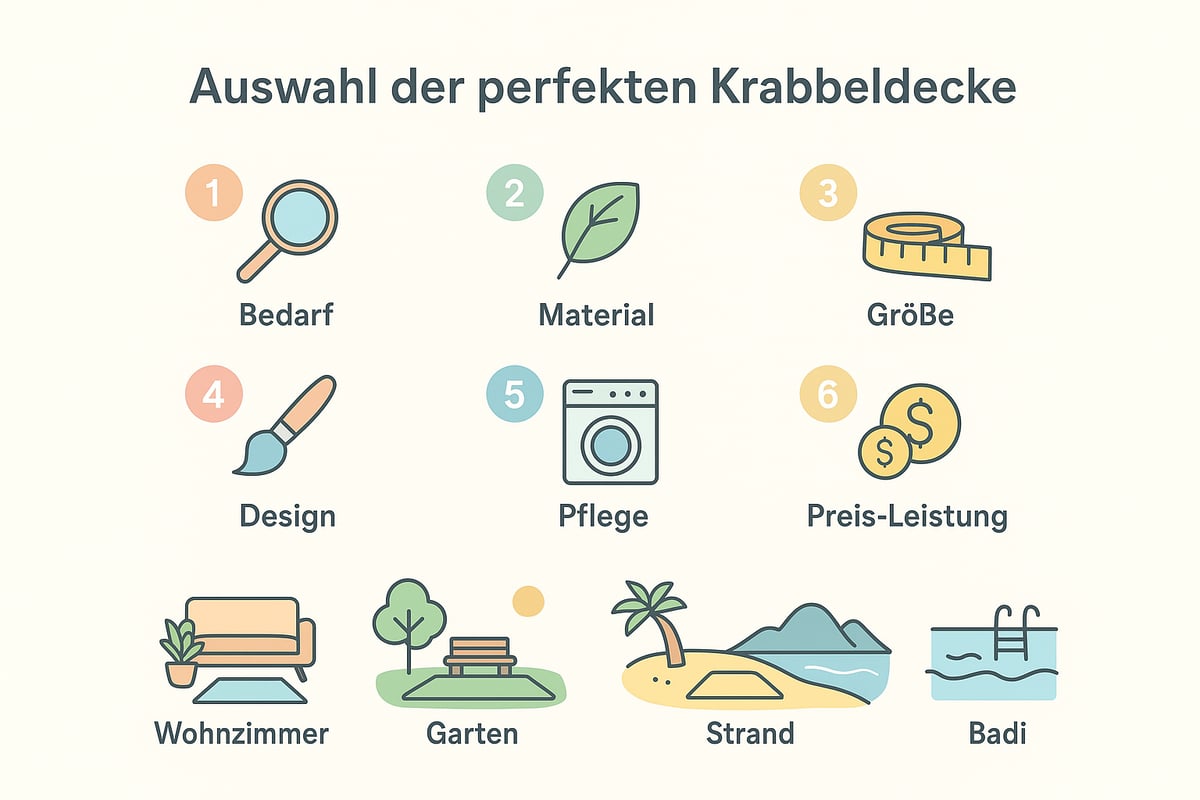
Step 1: Analyze needs and intended use
First, consider where the playmat will be used most. Will it be primarily in the living room, in the children's room, or do you want to use it flexibly when you're out and about?
- For use on the go, the playmat should be lightweight, compact and quick to pack away.
- Also consider outdoor use, for example at the beach, lake, river or swimming pool.
- Consider your baby's age and stage of development, as requirements will change over time.
A versatile playmat makes everyday life easier and provides optimal support for your child in various situations.
Step 2: Check material and quality
The material plays a crucial role in a playmat, especially when it comes to skin compatibility and sustainability. Look for fabrics tested for harmful substances, such as OEKO-TEX® or GOTS-certified organic cotton.
- Breathable materials such as cotton, muslin or waffle piqué are popular.
- Sustainable options are in particularly high demand because they are not only environmentally friendly but also often more durable.
- Allergy-friendly fillings such as hollow fiber or recycled fibers offer additional protection.
You can find more information about sustainable trends in the article "Sustainable Materials in Children's Fashion" . Choosing the right material ensures that the playmat offers your baby comfort and safety.
Step 3: Select size & shape
The size and shape of the playmat should suit your living space and its intended use. Common sizes are 80x80 cm, 100x100 cm, 120x120 cm, or 140x140 cm.
- Compact models are suitable for small rooms, while larger ceilings offer more freedom of movement.
- Round, angular or creative shapes like the leaf design create visual accents.
- Consider whether the playmat should also be used as a picnic blanket or in the garden.
A suitable size ensures that the playmat remains durable and versatile.
Step 4: Compare design and features
The design of the playmat is not just a matter of taste, but also influences your baby's development. Choose colors and patterns that stimulate the senses.
- Motifs such as animals, rainbows, or geometric shapes promote perception.
- Integrated play features such as tactile elements, crinkle zones or activity arches offer additional play value.
- Personalized versions are especially popular as gifts.
Make sure that the playmat not only looks nice, but also remains functional and practical in everyday life.
Step 5: Ensure care and suitability for everyday use
A playmat should be easy to care for and durable so that it can withstand daily use. Check if it is machine washable and quick-drying.
- Stain-resistant fabrics and dirt-repellent coatings make cleaning easier.
- Practical storage solutions like tote bags are ideal for when you're on the go.
- Durability is crucial, especially with frequent use.
This way your playmat stays hygienic and reliably accompanies your baby through everyday life.
Step 6: Weigh up price-performance ratio and sustainability
Compare different models to find a good balance between price, performance, and sustainability. Invest in a playmat that offers high quality and a long lifespan.
- Consider whether budget-friendly or premium models better suit your budget.
- Sustainable production is an important factor for many parents.
- Use independent comparisons like the top 5 playmats in the test to make an informed decision.
Careful selection ensures that the playmat meets both your needs and those of your child.
Current Trends & Innovations in Playmats 2025
The world of playmats will evolve rapidly in 2025. Parents are looking for products that are not only safe and comfortable, but also meet the latest demands for sustainability and versatility. Modern models impress with new materials, innovative designs, and flexible uses that enrich the everyday lives of families.
New materials and technologies
In 2025, sustainable materials will be the focus for playmats. Organic cotton, recycled fibers, and innovative textiles like muslin or waffle piqué will set new standards. Many manufacturers rely on OEKO-TEX and GOTS certifications, which guarantee safety and quality. Antibacterial coatings provide additional hygiene and protection. Playmat models that are free of harmful substances and suitable for sensitive baby skin are particularly in demand.
- Organic cotton and recycled fibers
- OEKO-TEX & GOTS certificates
- Antibacterial, allergy-friendly features
Environmental responsibility also plays a central role. Many innovations are based on the trends in children's toys for 2025 , where sustainable production and healthy development are the focus.
Design trends 2025
The look of playmats in 2025 will be dominated by natural colors and motifs. Pastel shades, rainbow designs, and floral patterns create a cozy atmosphere. Patchwork, corduroy, and geometric shapes are particularly trendy. Many parents are looking for personalized playmats with names or individual details as a gift idea.
- Nature-inspired motifs and pastel colors
- Patchwork and Corduroy
- Individual design options
The current children's room trends for 2025 are also reflected in the choice of playmat. Natural materials and harmonious designs combine aesthetics with functionality.
Multifunctionality & suitability for outdoor use
The playmat is no longer just for the nursery. Modern models are versatile and can accompany families to the beach, river, lake, or swimming pool. Thanks to robust, water-repellent materials, they serve as picnic blankets, outdoor play mats, or groundsheets for travel. Flexible sizes and a lightweight design make the playmat the ideal travel companion.
- Suitable for indoor and outdoor use
- Water and dirt repellent
- Practical transport solutions
Many models can be combined with play arches, bed snakes or baby nests, thus adapting to the growing urge to move of children.
Sustainability as a guiding principle
Sustainability will be a key purchasing factor for playmats in 2025. Organic cotton, recycled materials, and transparent supply chains will be highly sought after. Durability and repairability will become increasingly important to conserve resources and reduce waste. Brands like Roommate, kikadu, and MAIN Design focus on environmentally friendly production and quality.
- Organic, recycled, local production
- Durability and repairability
- Certified safety
Parents are increasingly paying attention to labels such as OEKO-TEX or GOTS and prefer to invest in a playmat that can be used for years.
Market Development & Statistics
The demand for sustainable and multifunctional playmats is steadily increasing. According to recent surveys, 60 percent of parents are spending more on high-quality, environmentally friendly products than they did in 2020. Sales figures for brands like ULLENBOOM and BabyOne are growing continuously. Forecasts indicate that innovation and individualization will continue to gain importance in 2025.
- Rising sales of sustainable products
- Growth in premium playmats
- Focus on innovation and adaptability
The market for playmats thus remains dynamic and geared towards the needs of modern families.
Whether you're looking for the perfect playmat or value high-quality, sustainable products for your family, making the right choice makes a real difference in everyday life. Modern playmats combine comfort, safety, and versatility, and sustainable materials actively contribute to environmental protection. MAIN Design embodies these values: stylish essentials, responsibly crafted and perfect for every situation – from home to a trip to the countryside. Want even more inspiration for sustainable products for family and everyday life? Then stop by and discover more .






